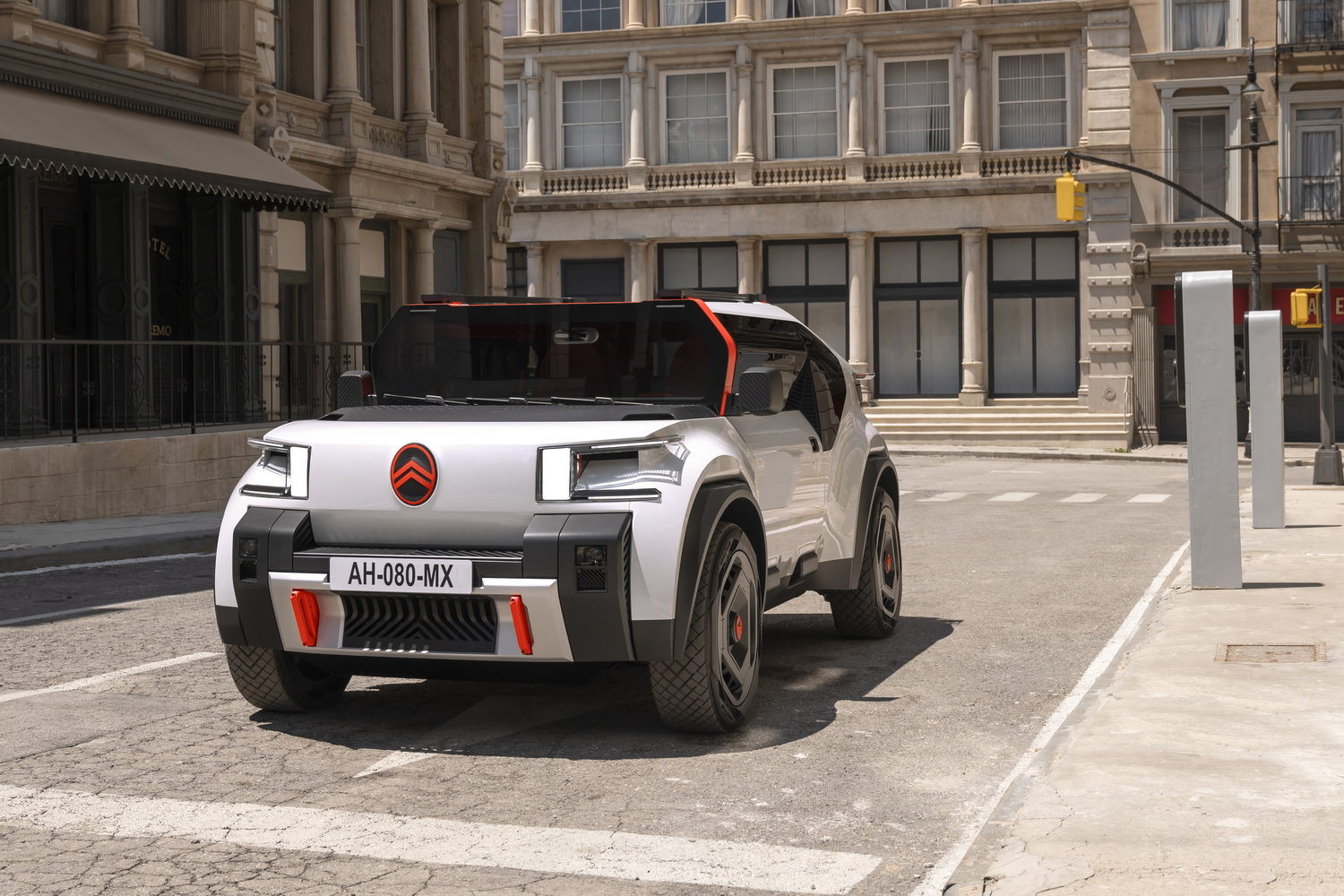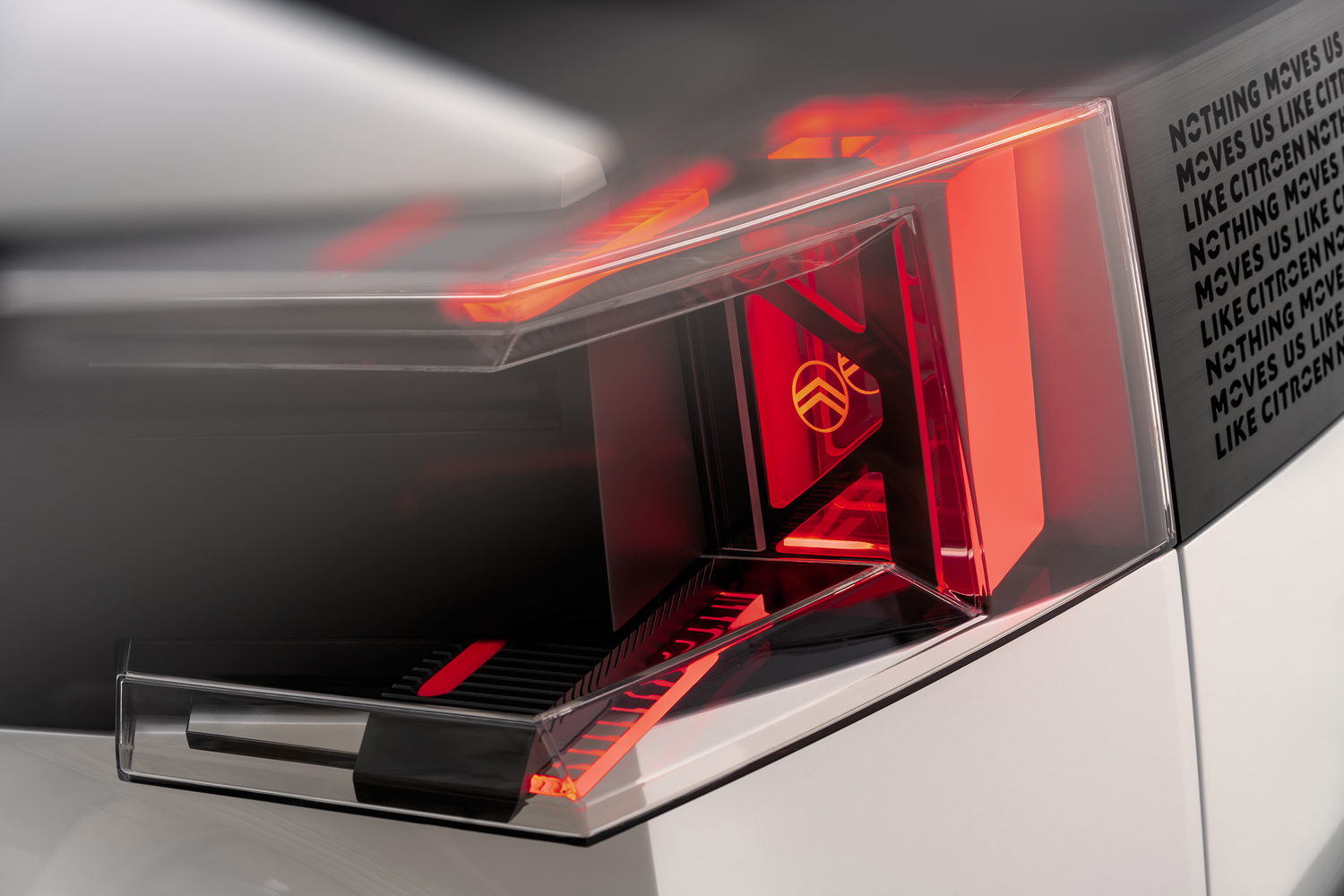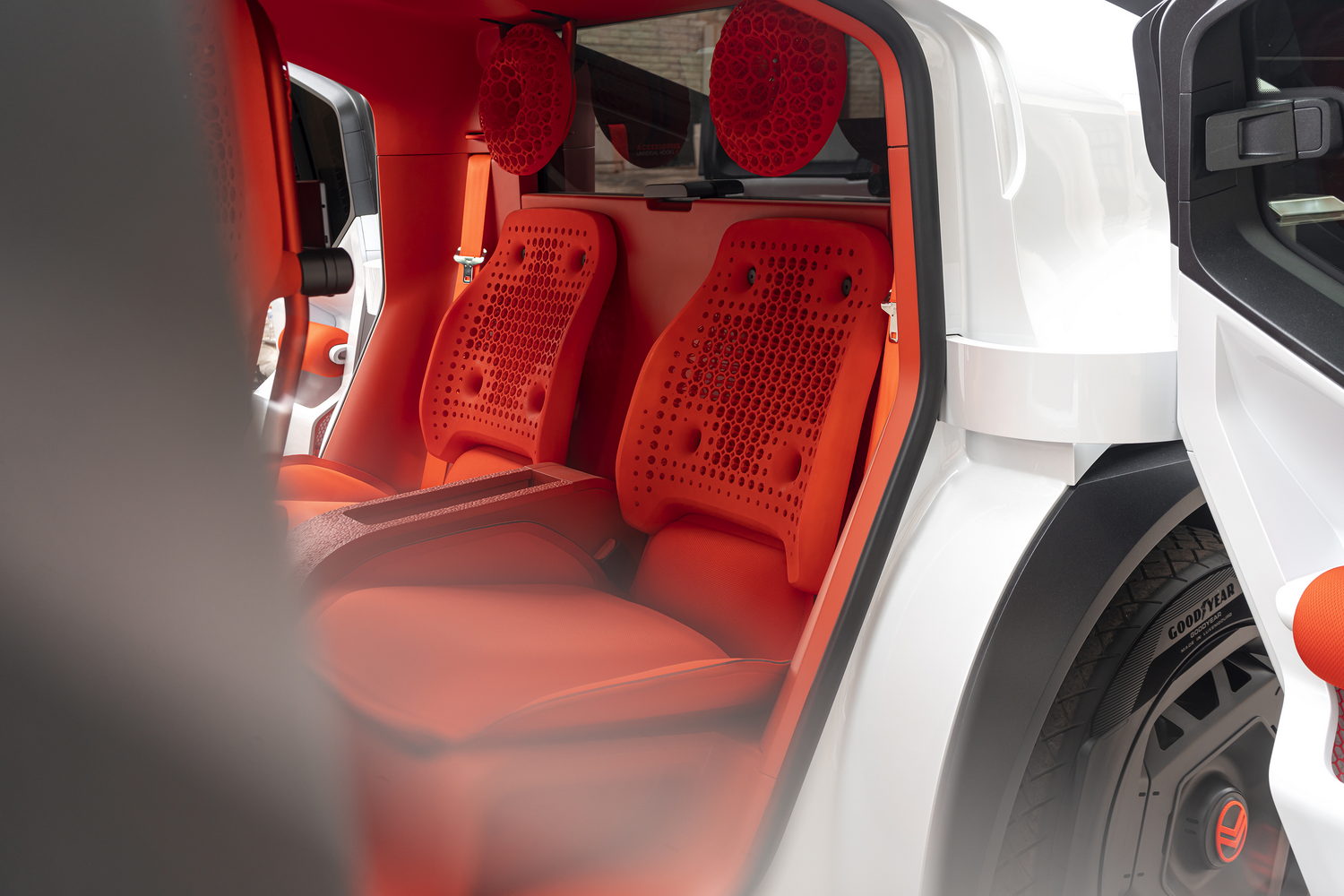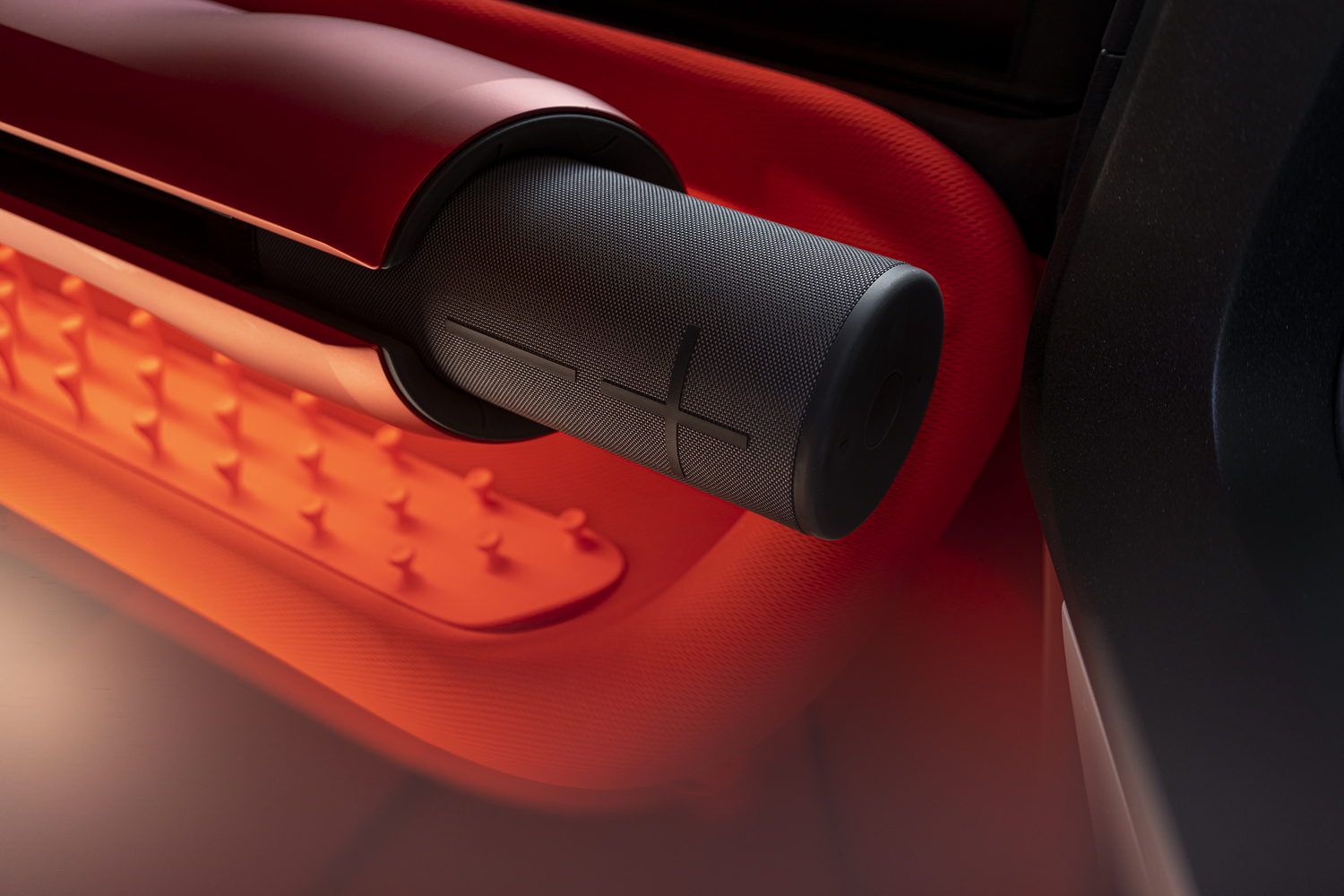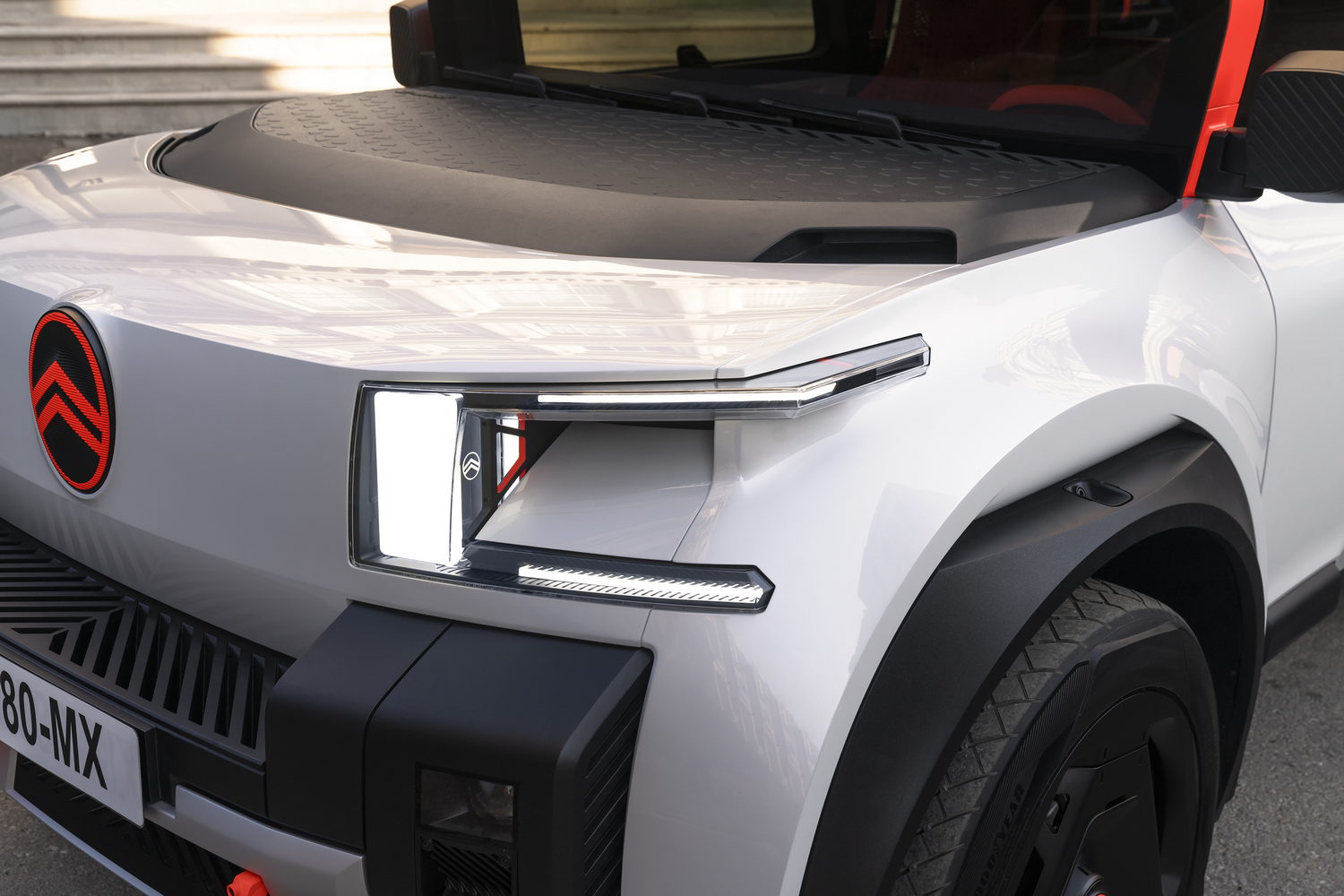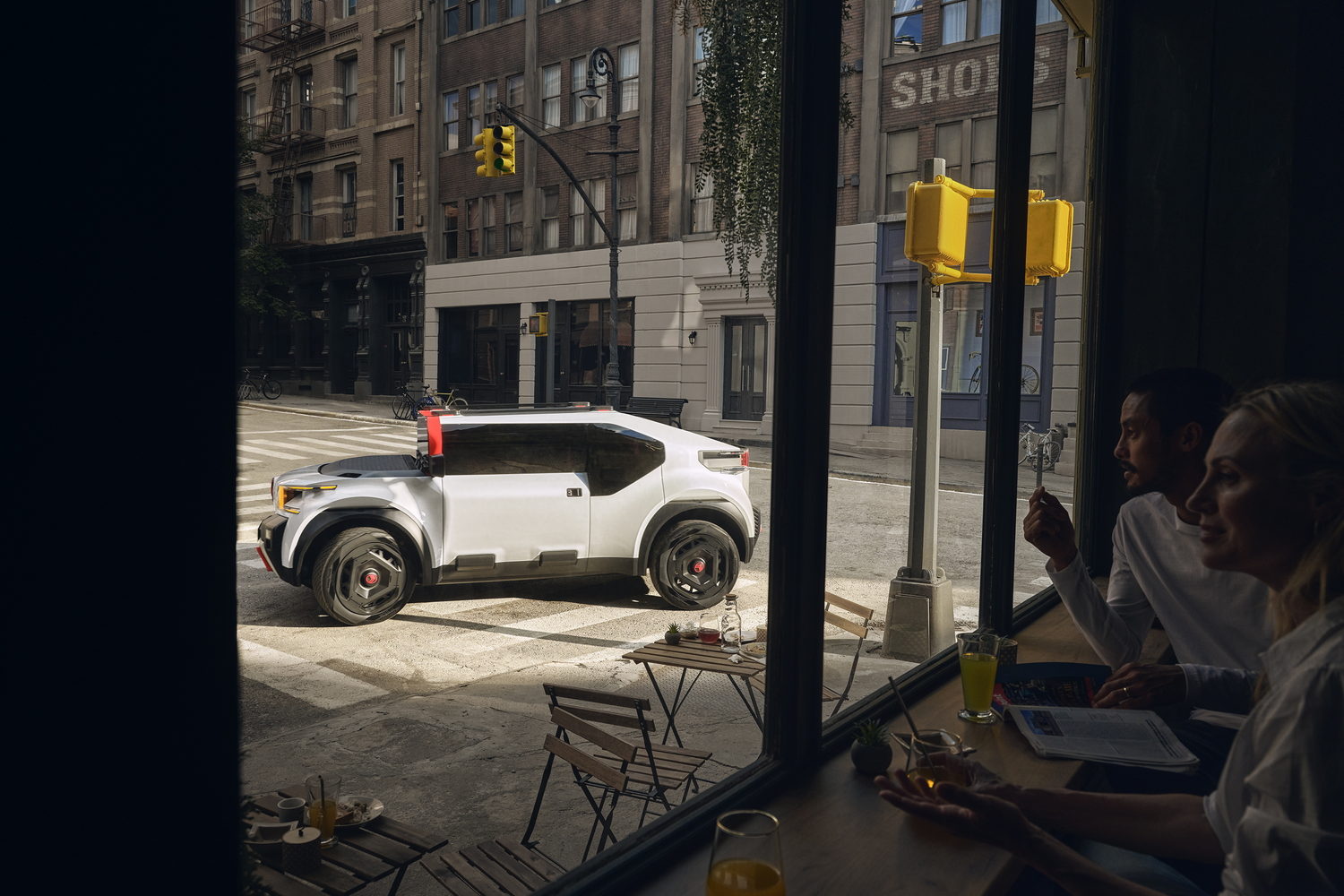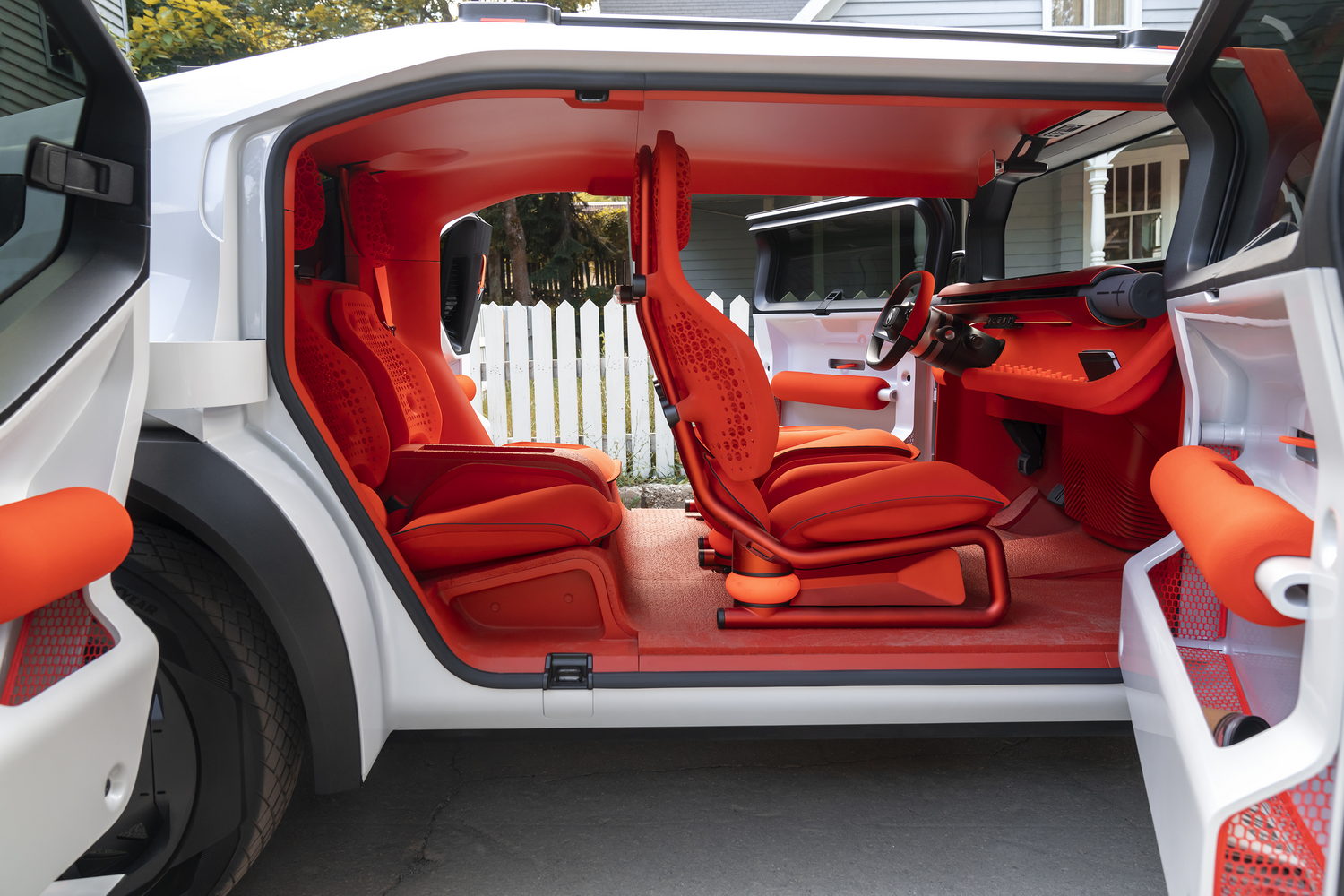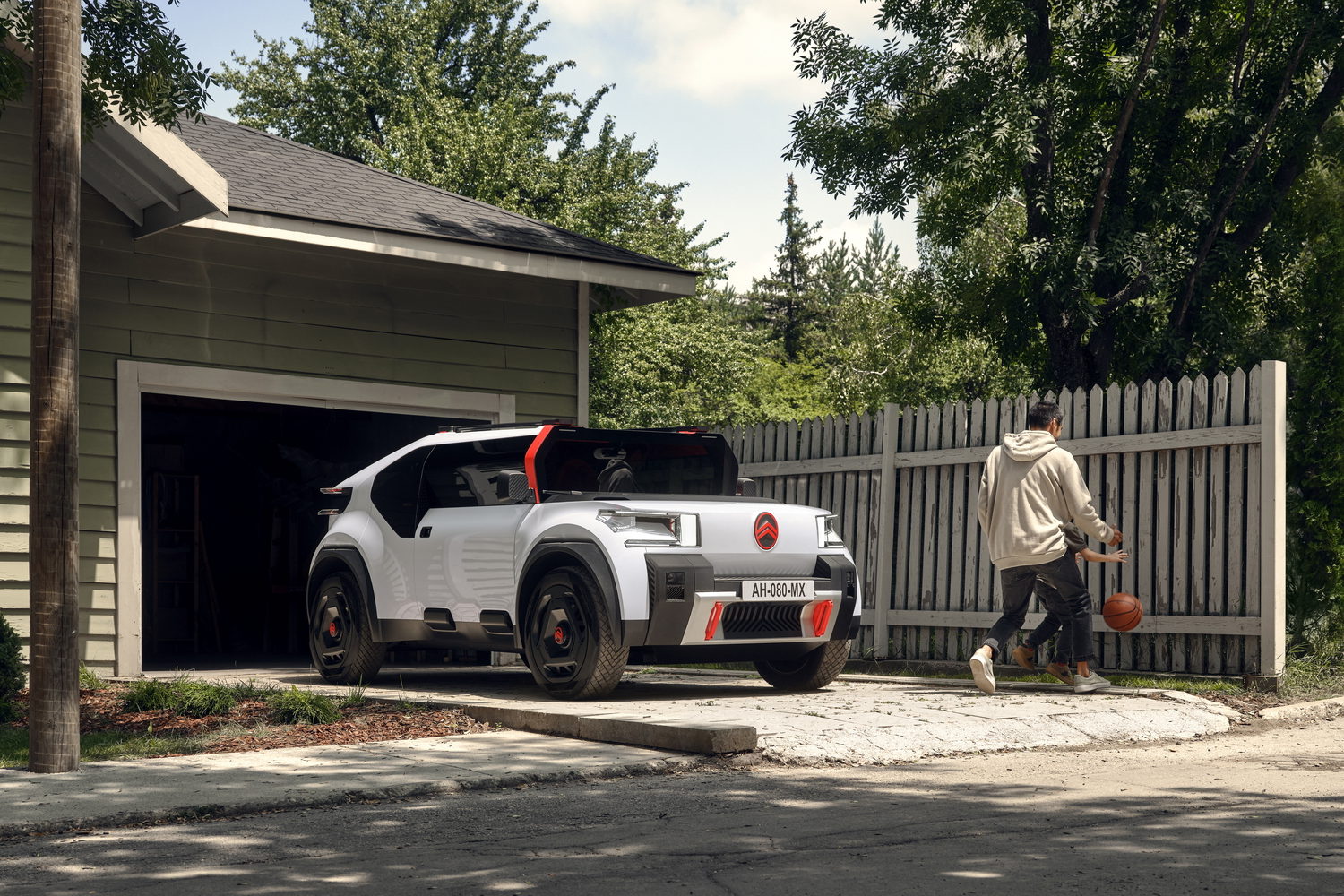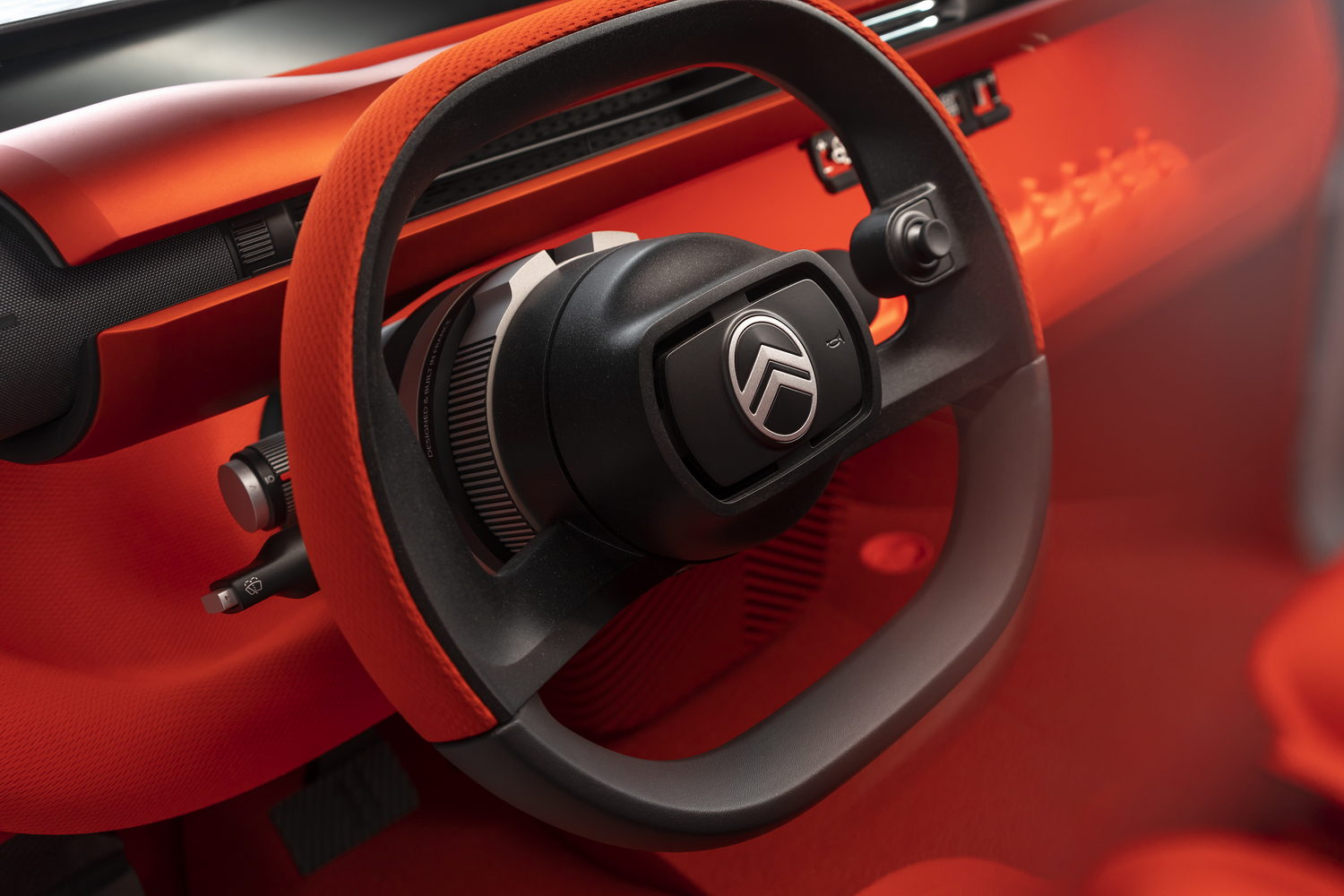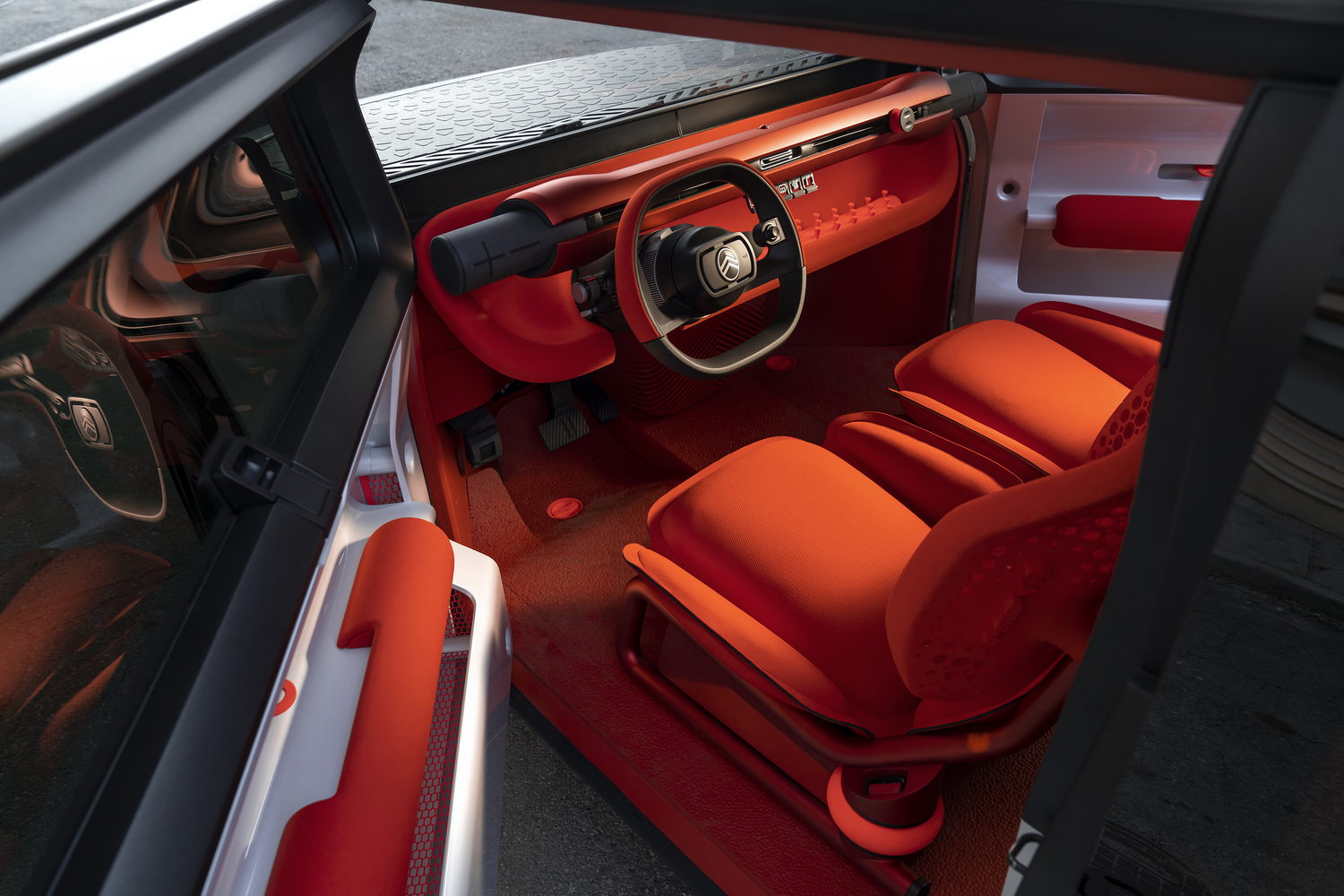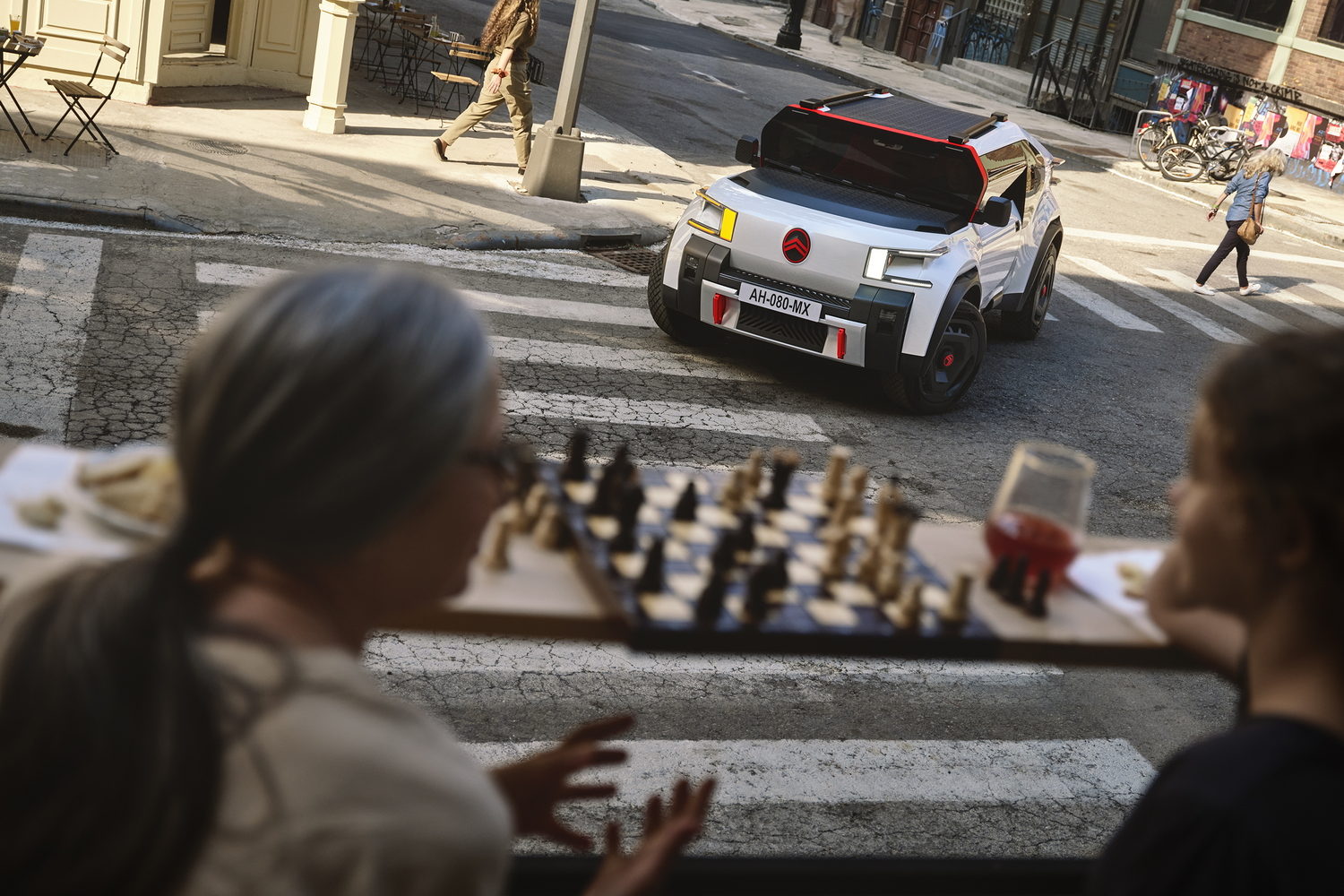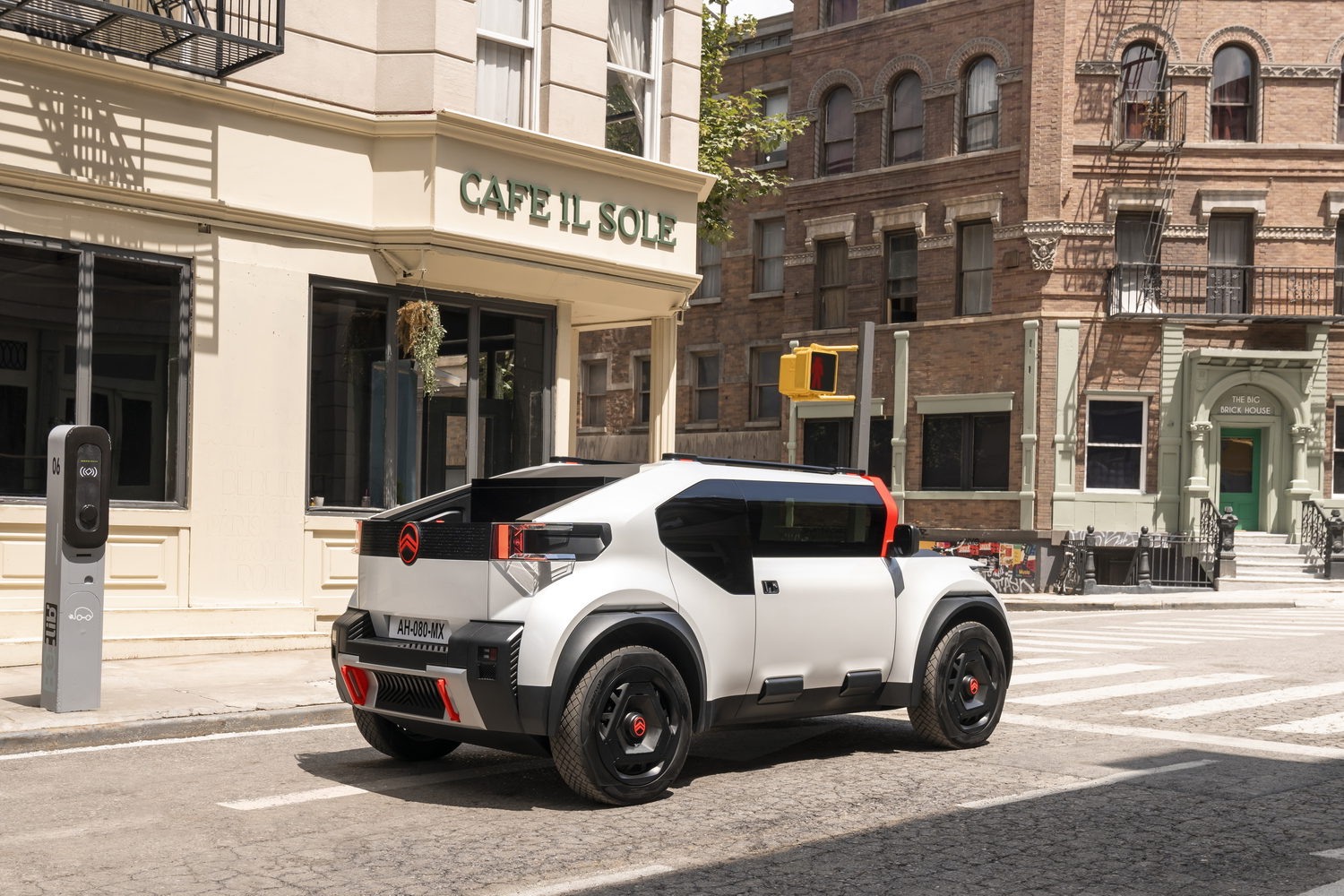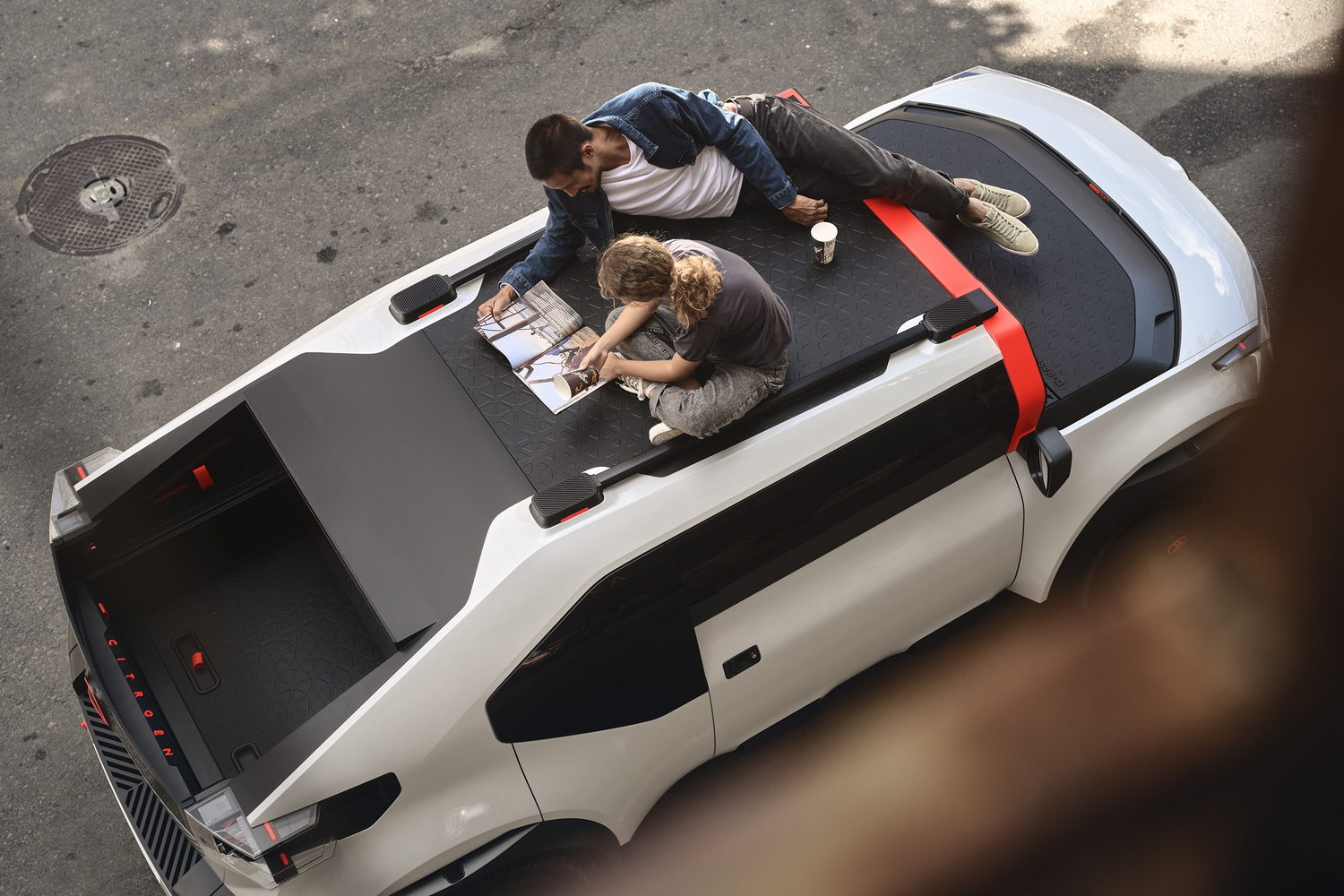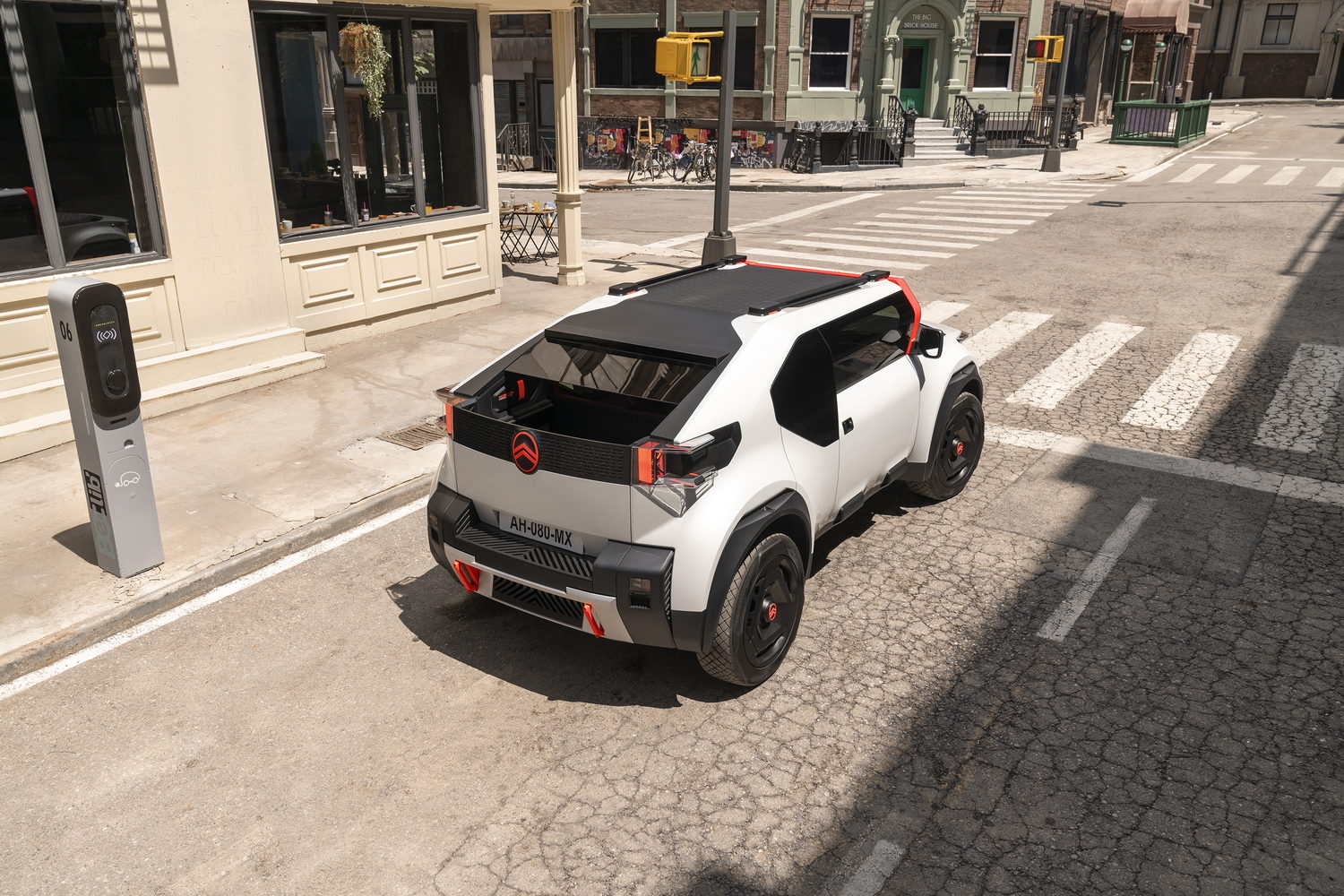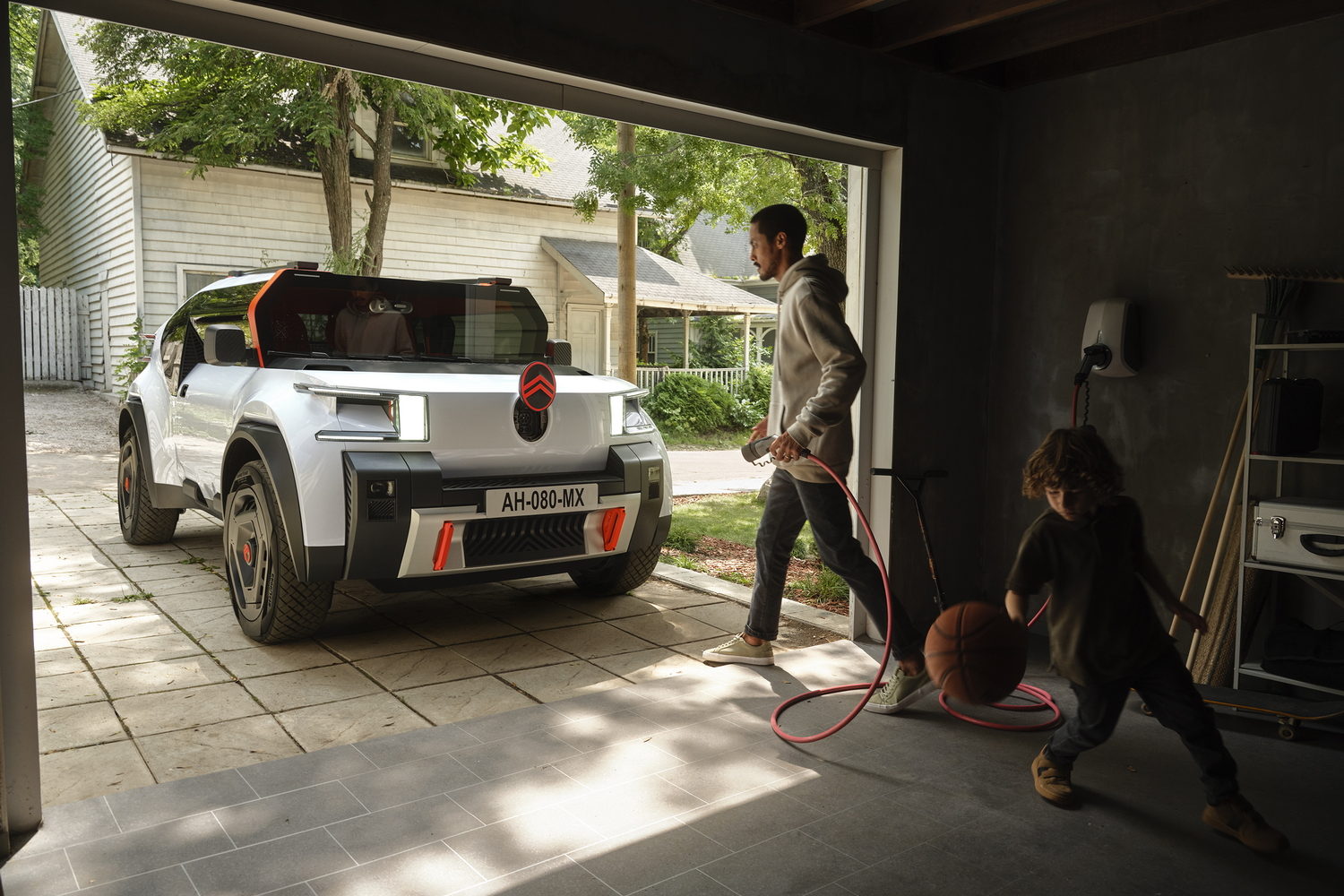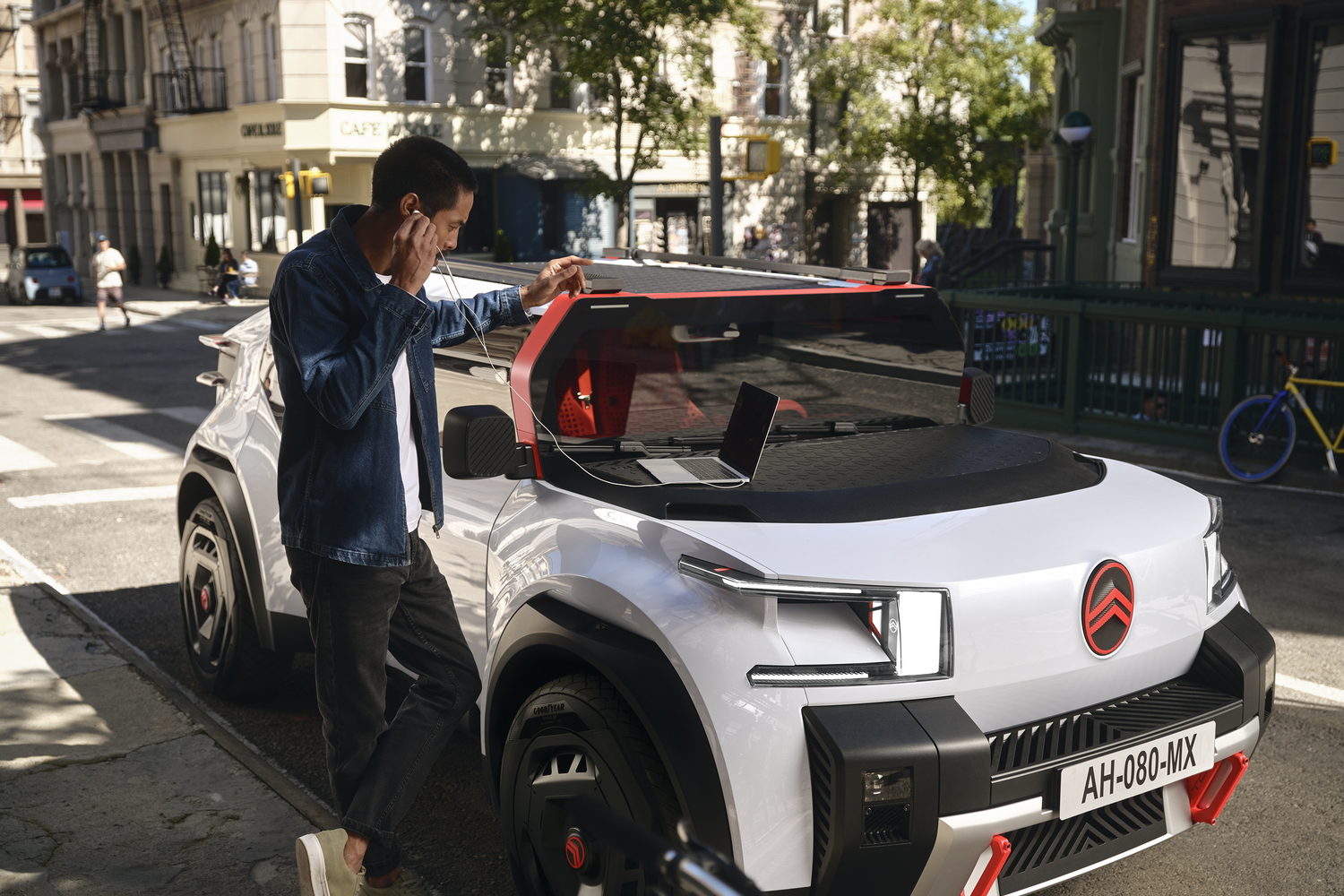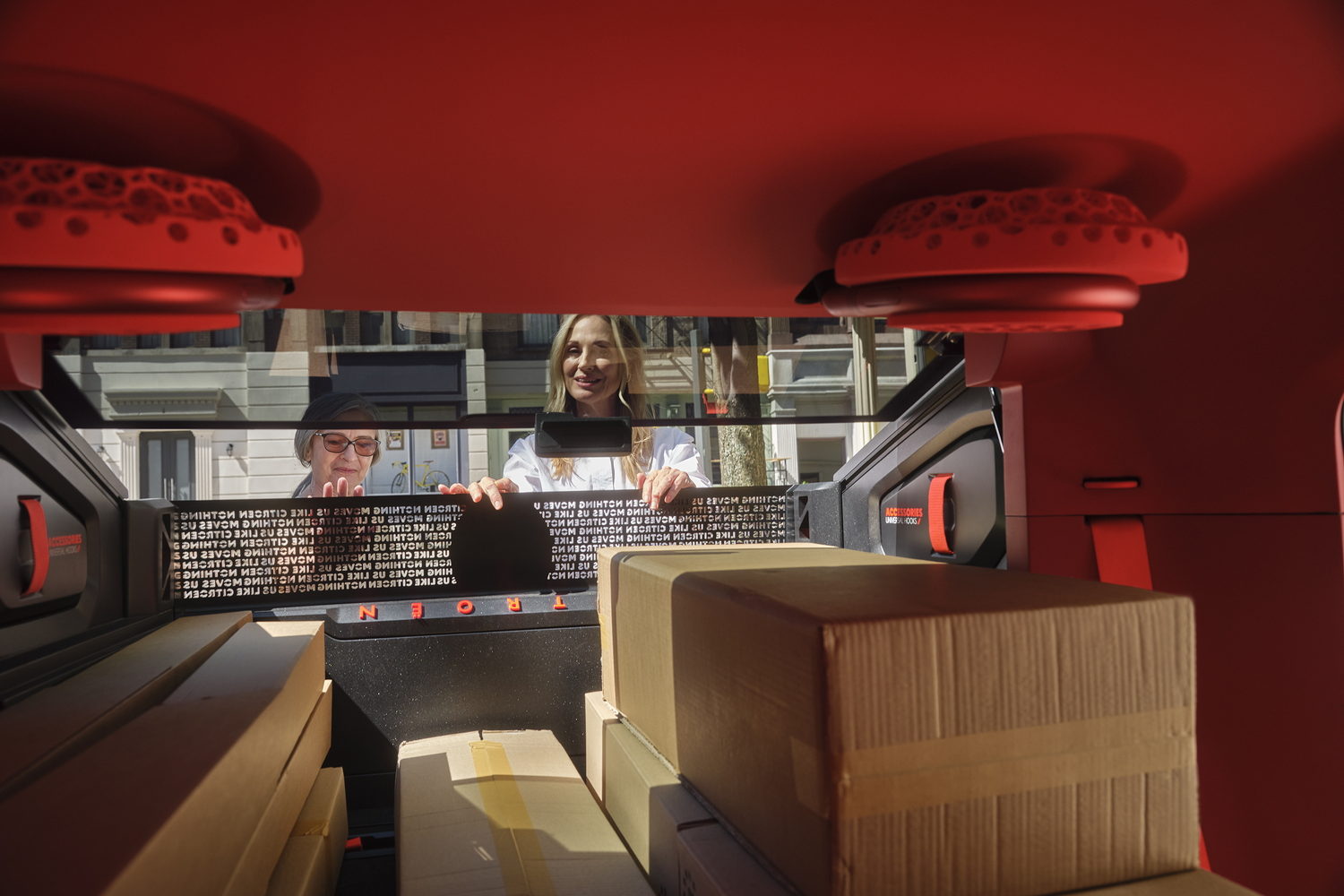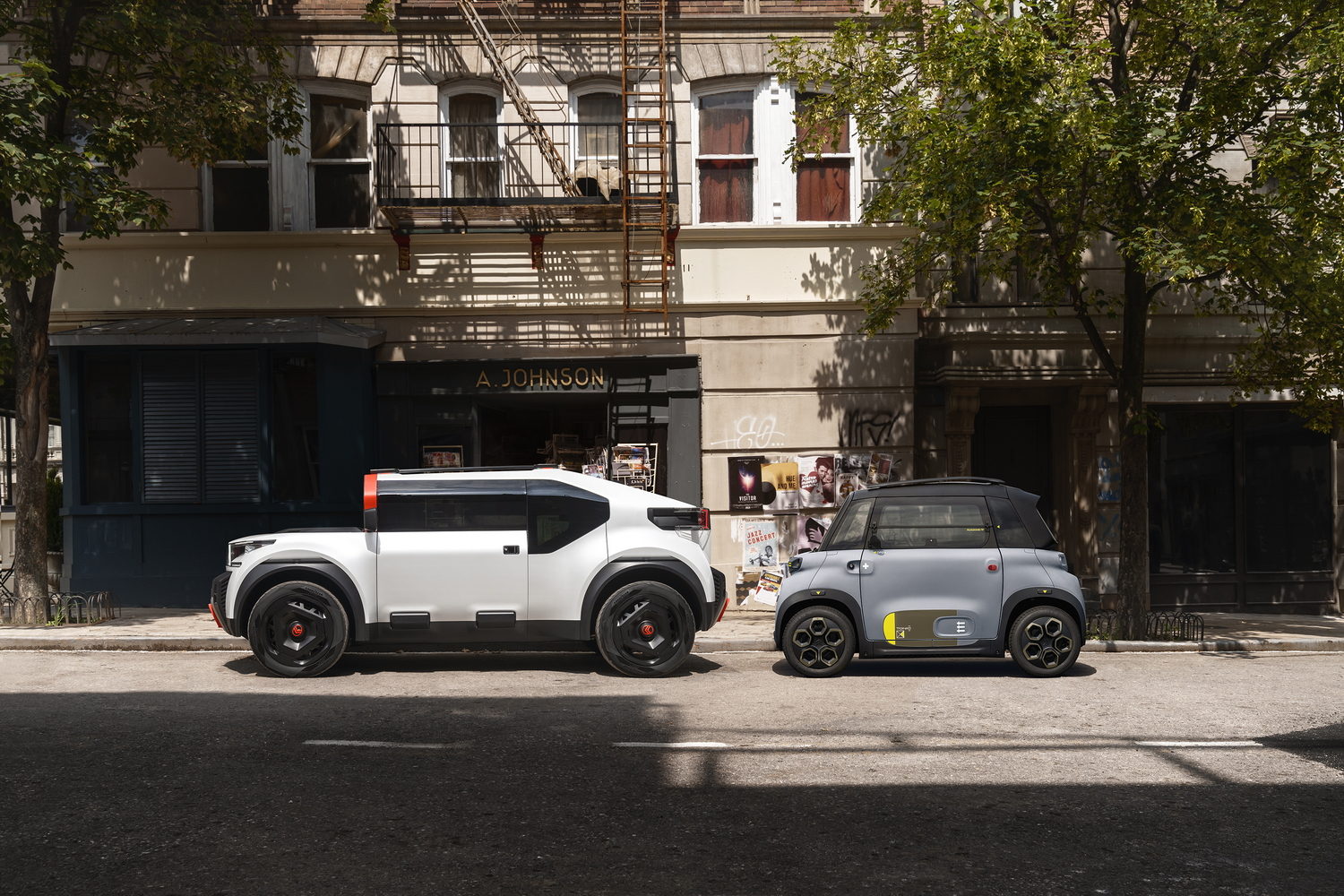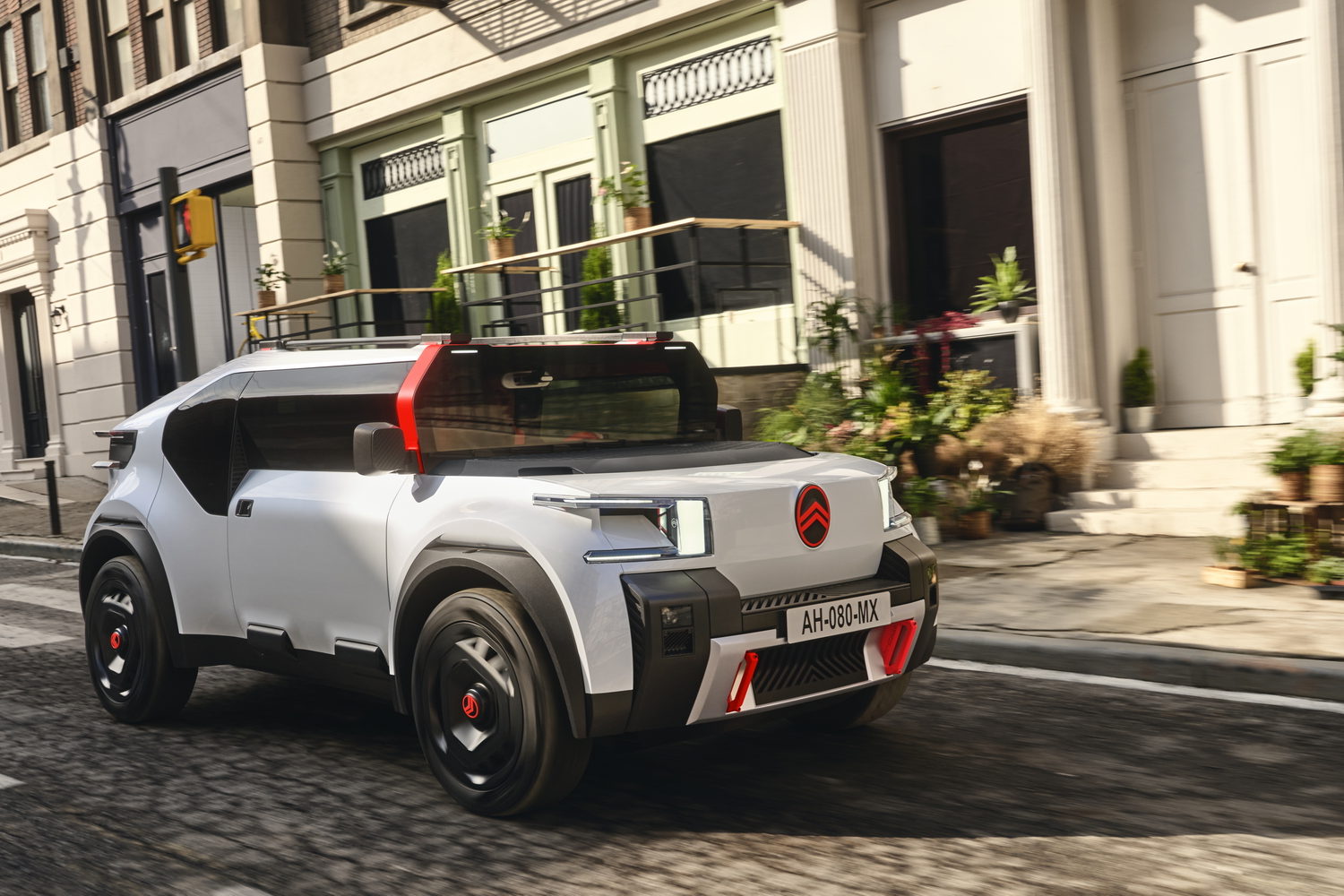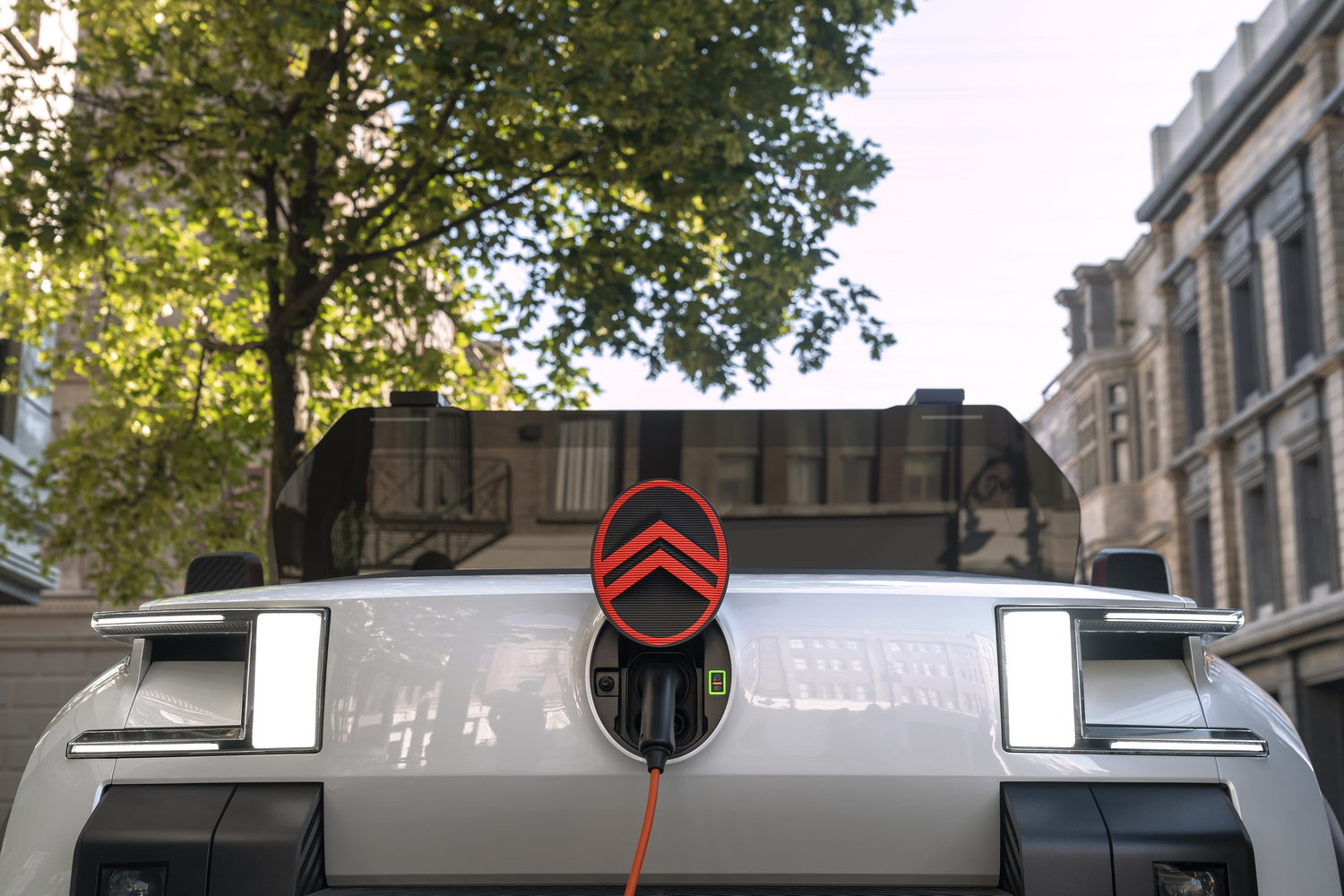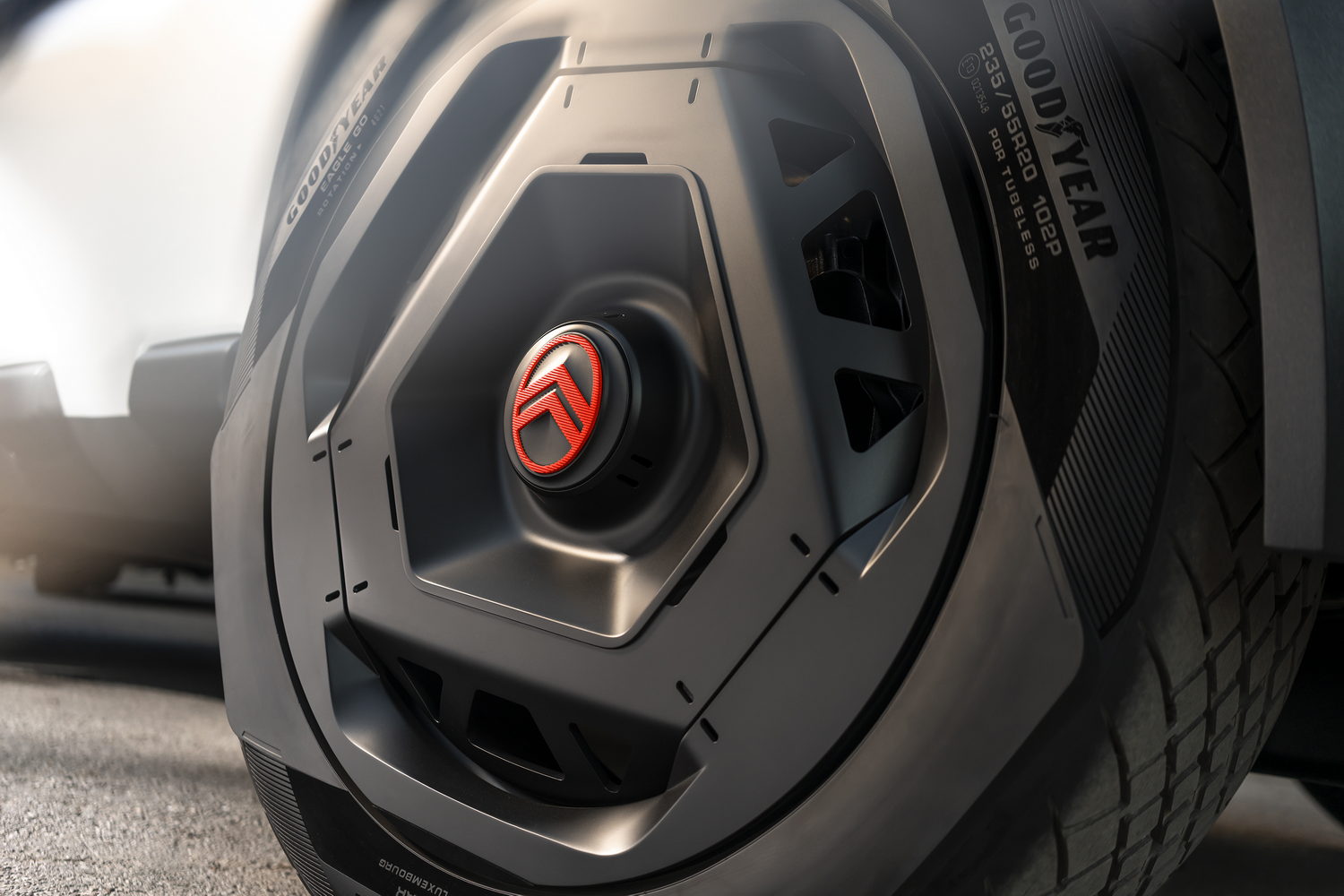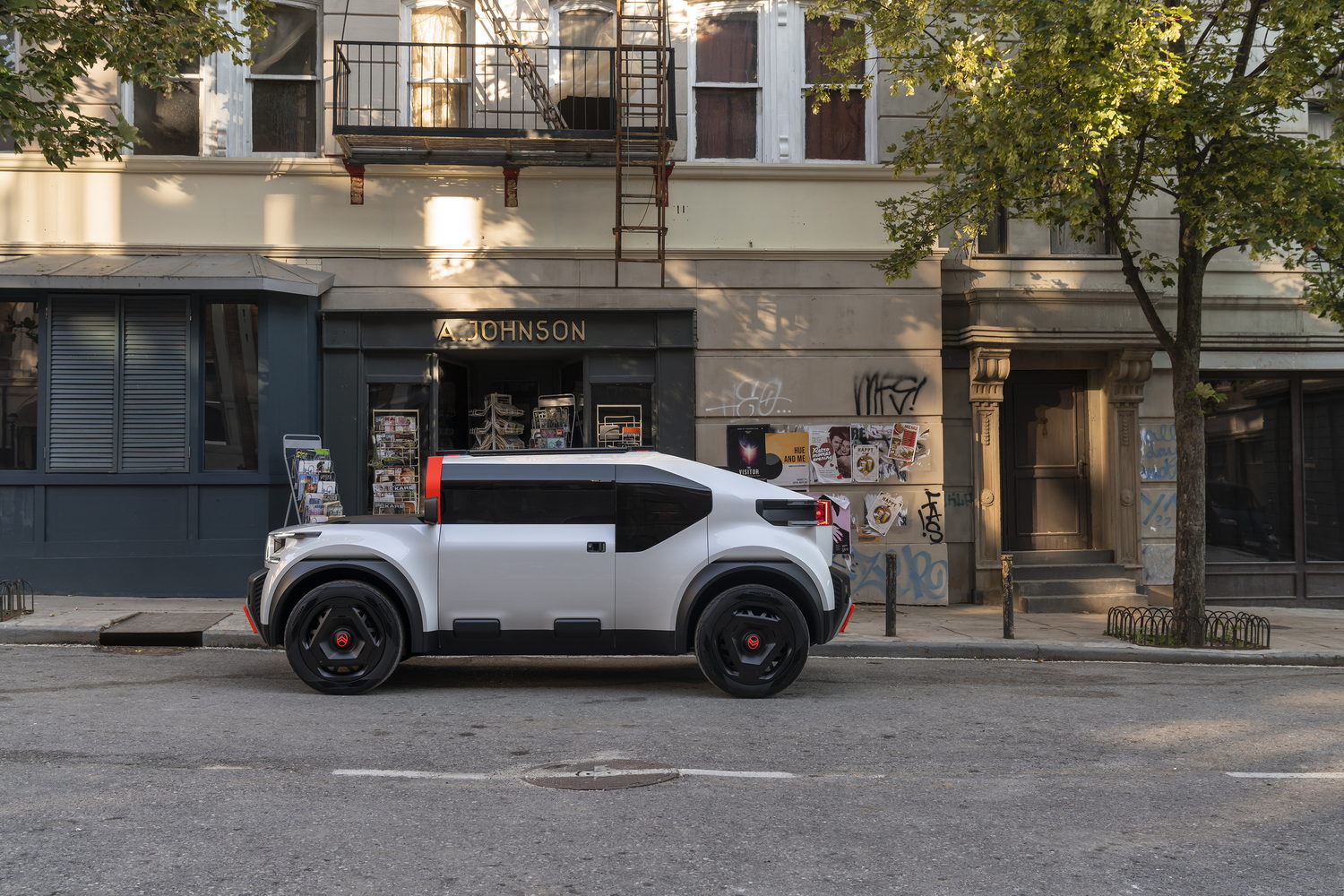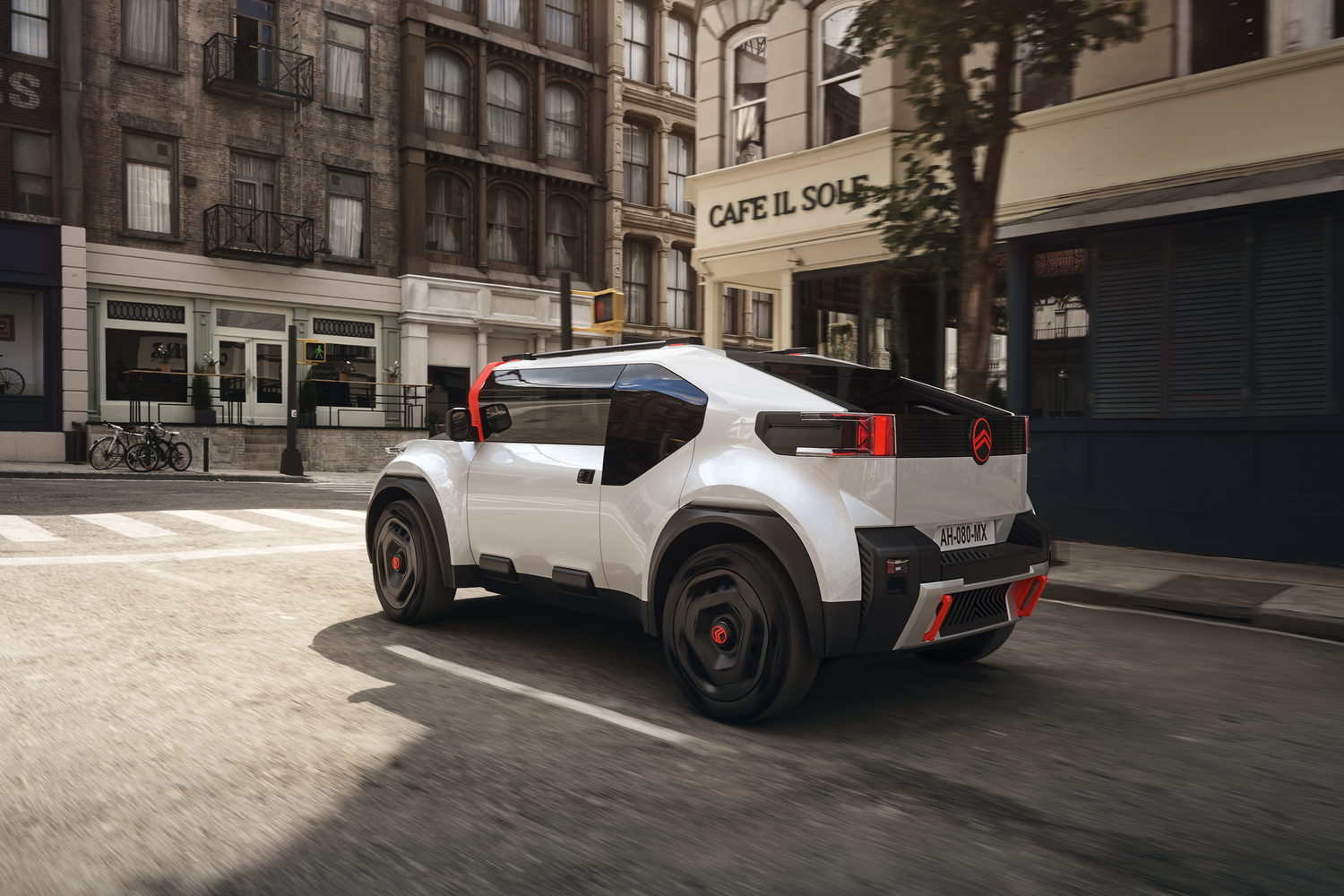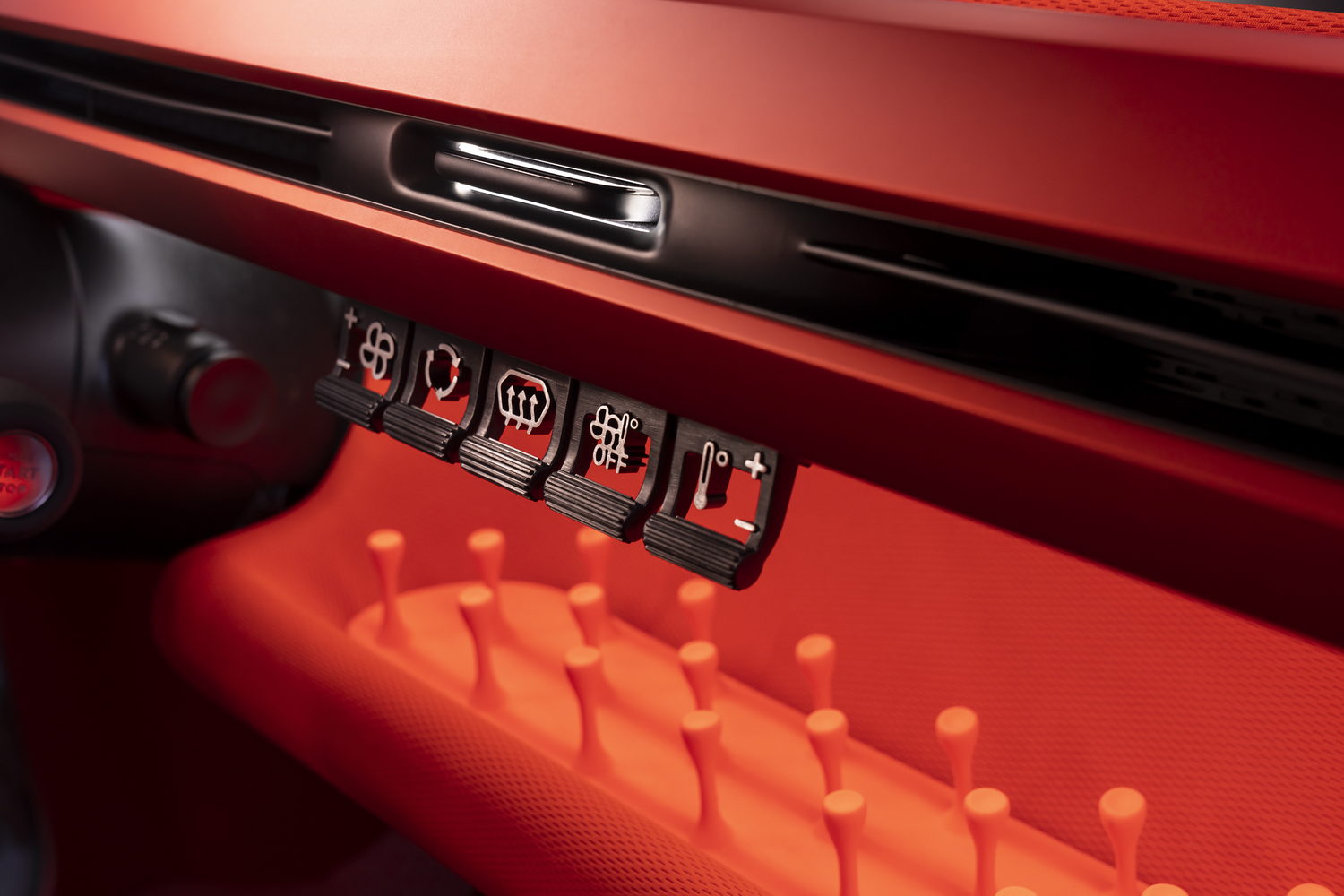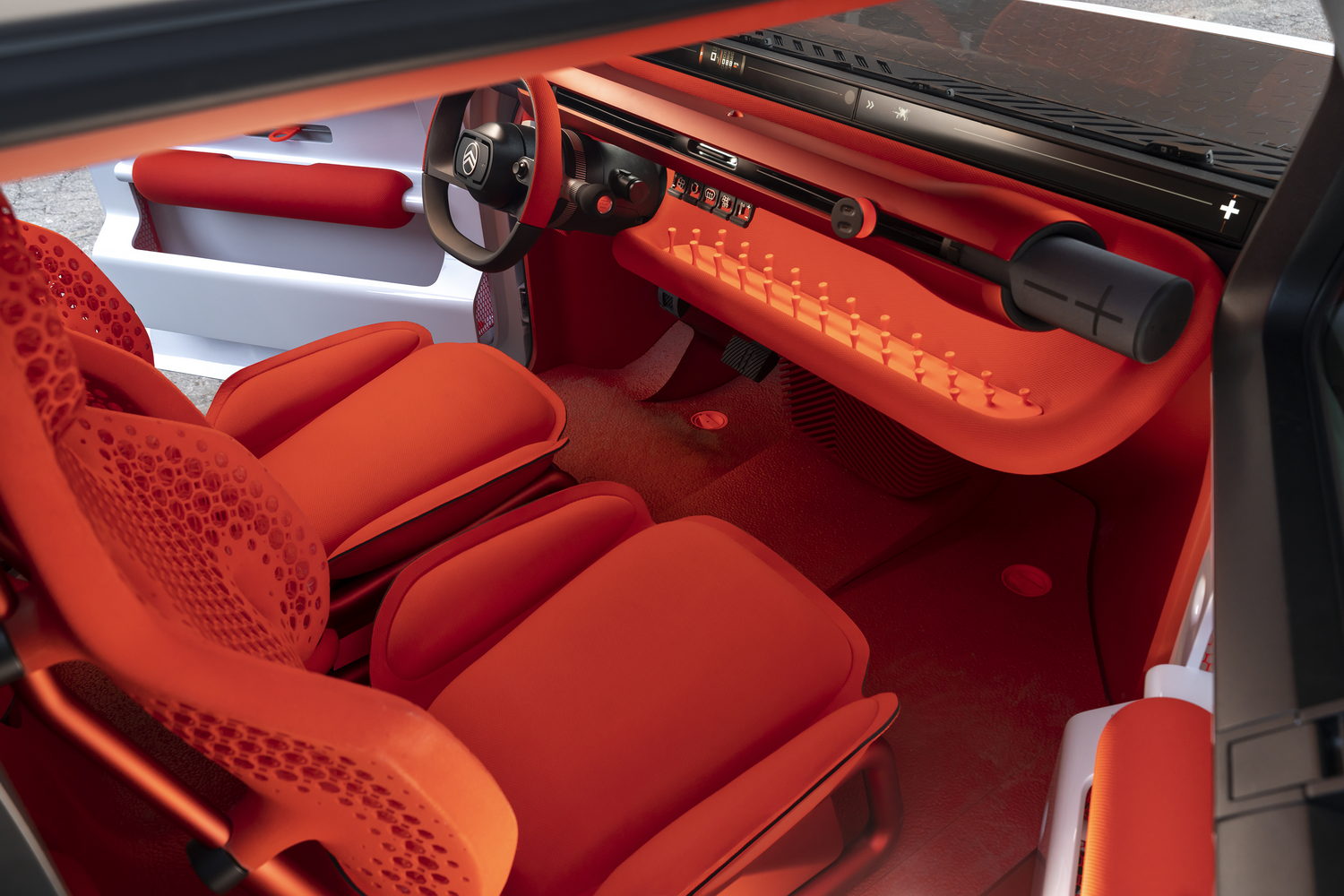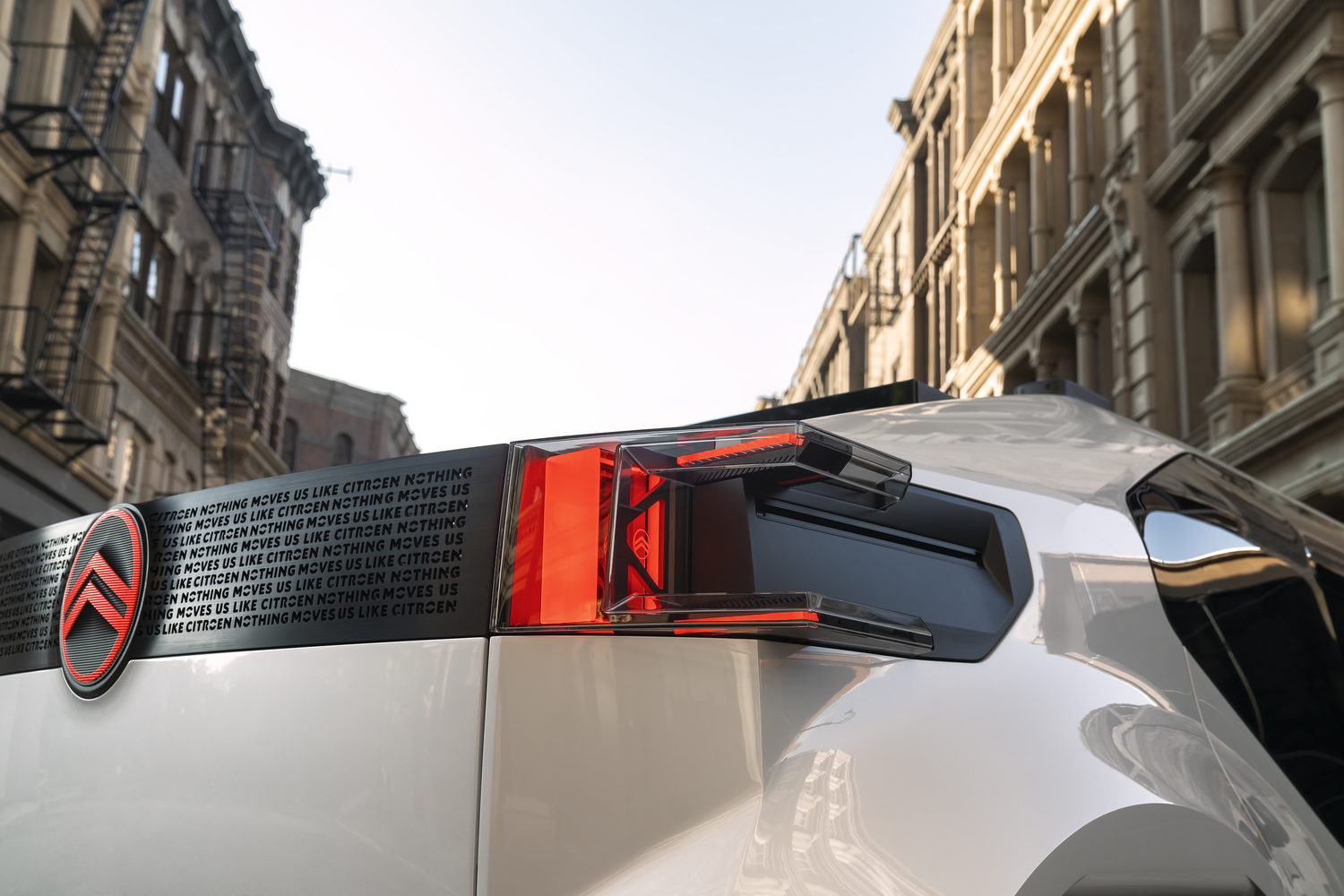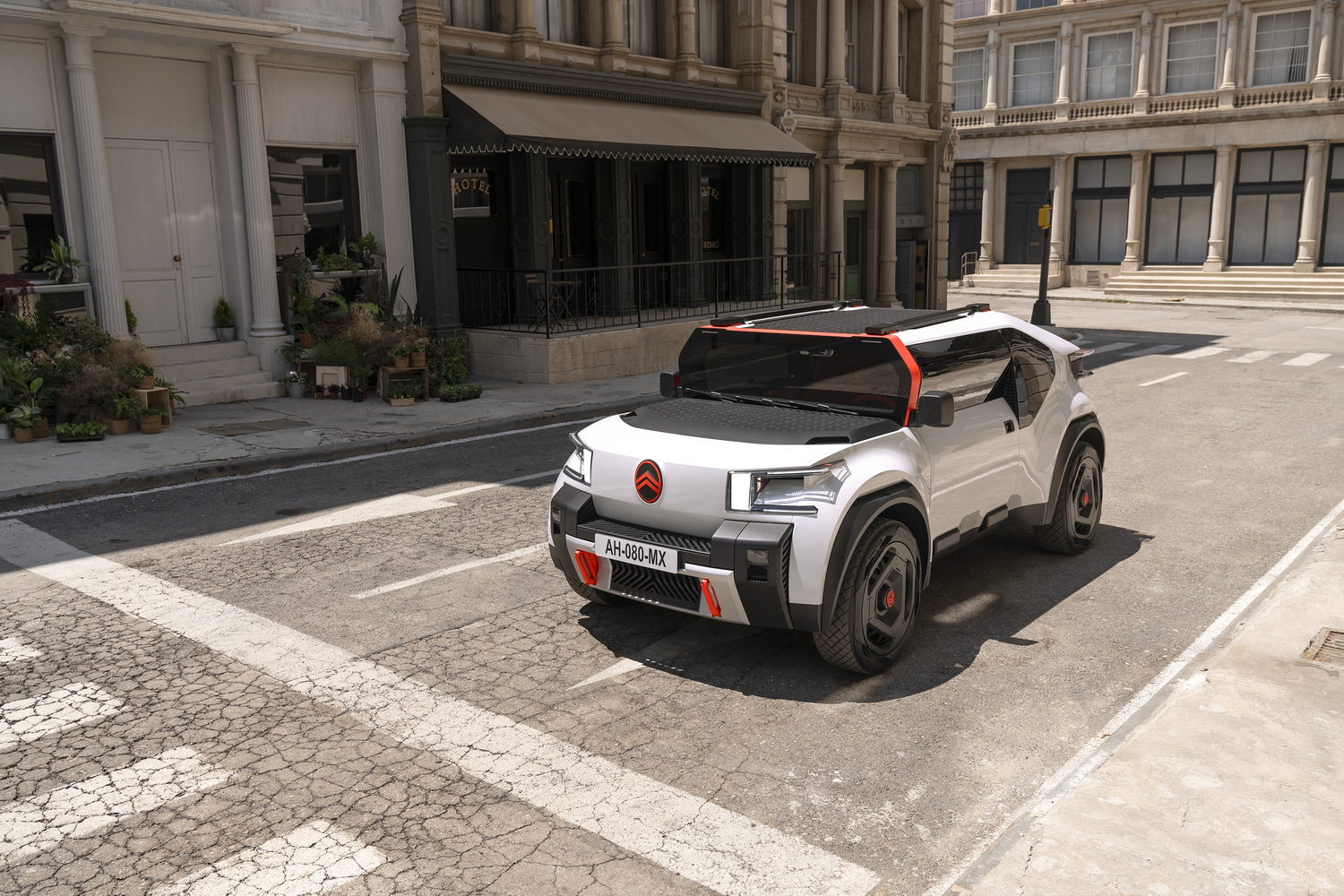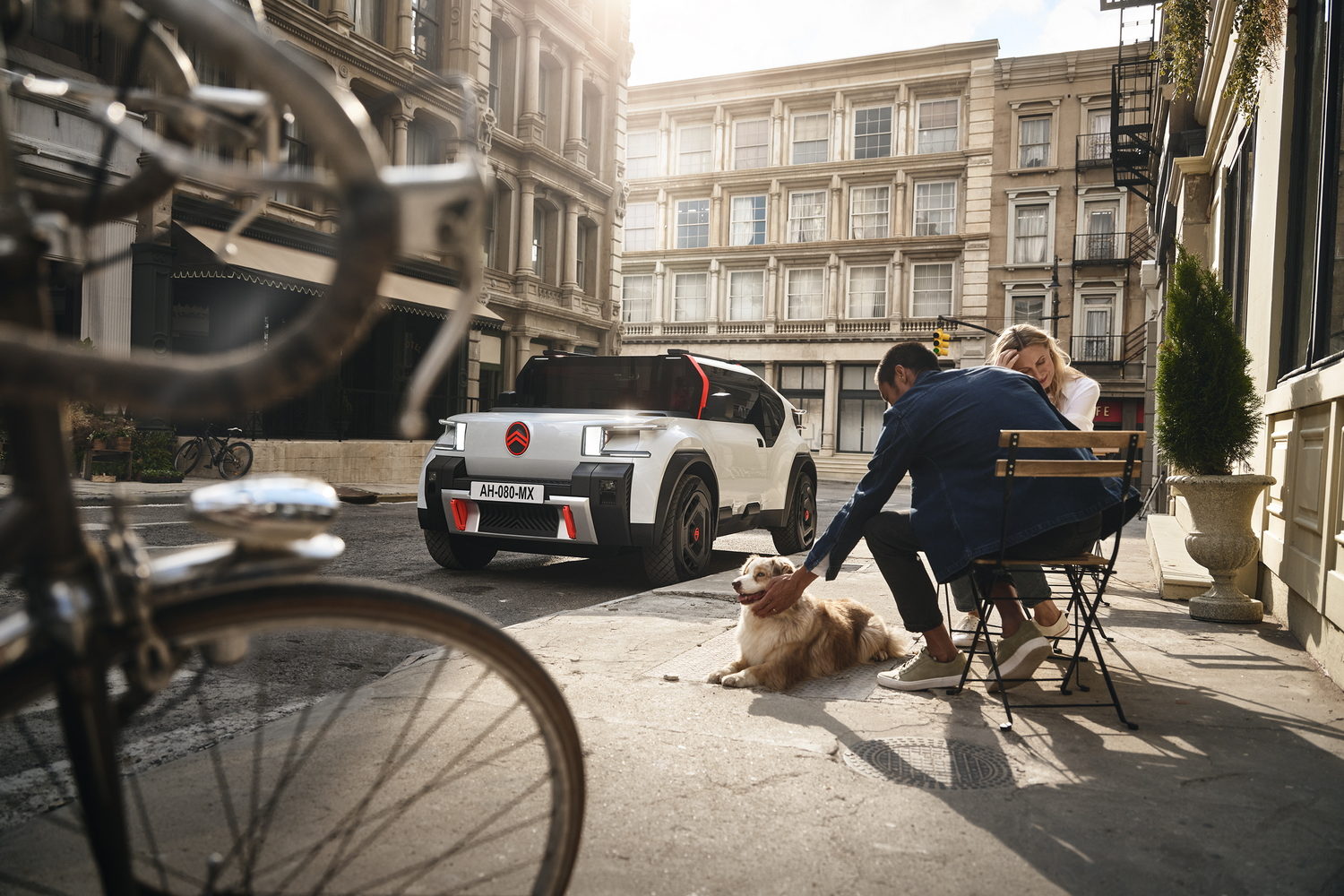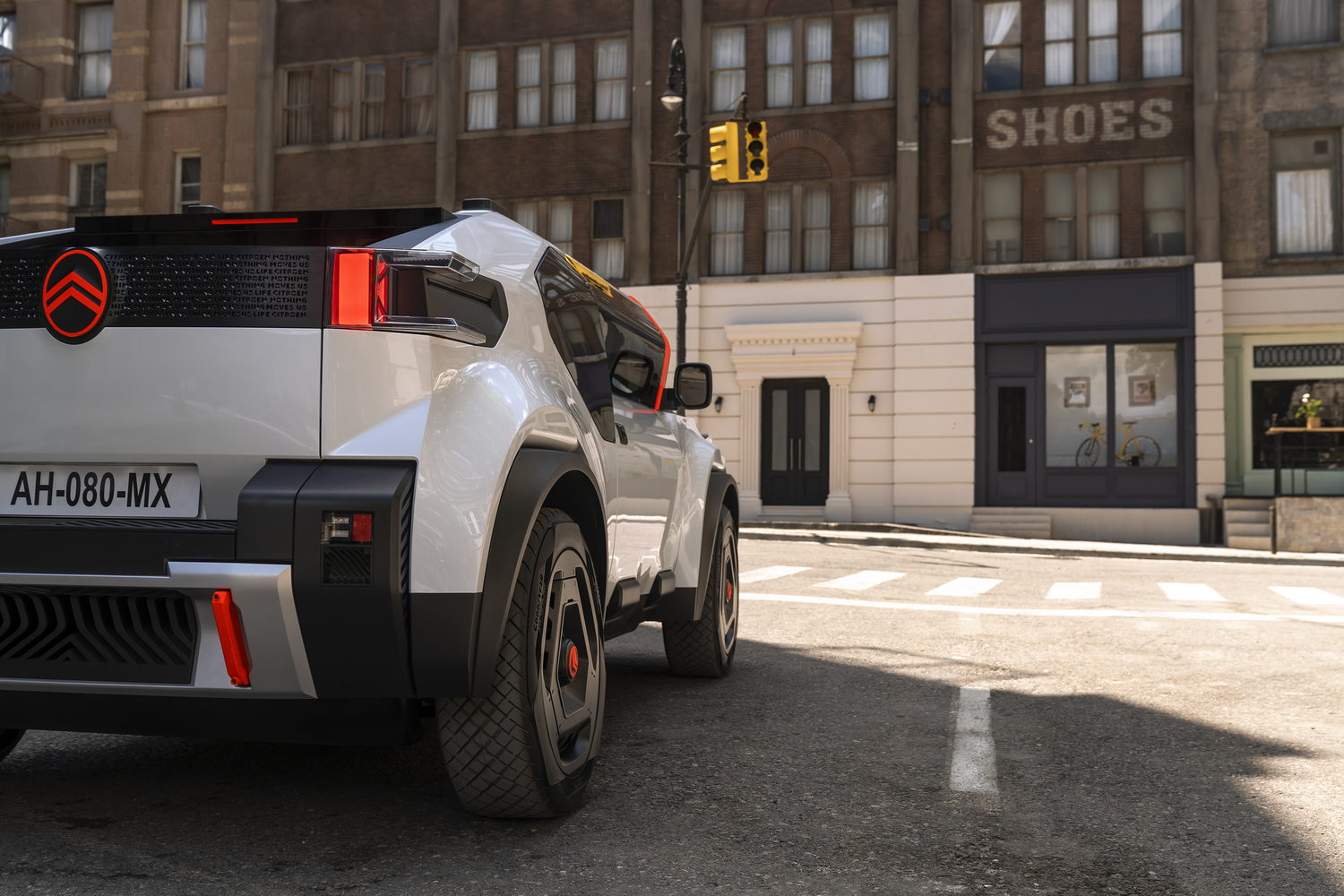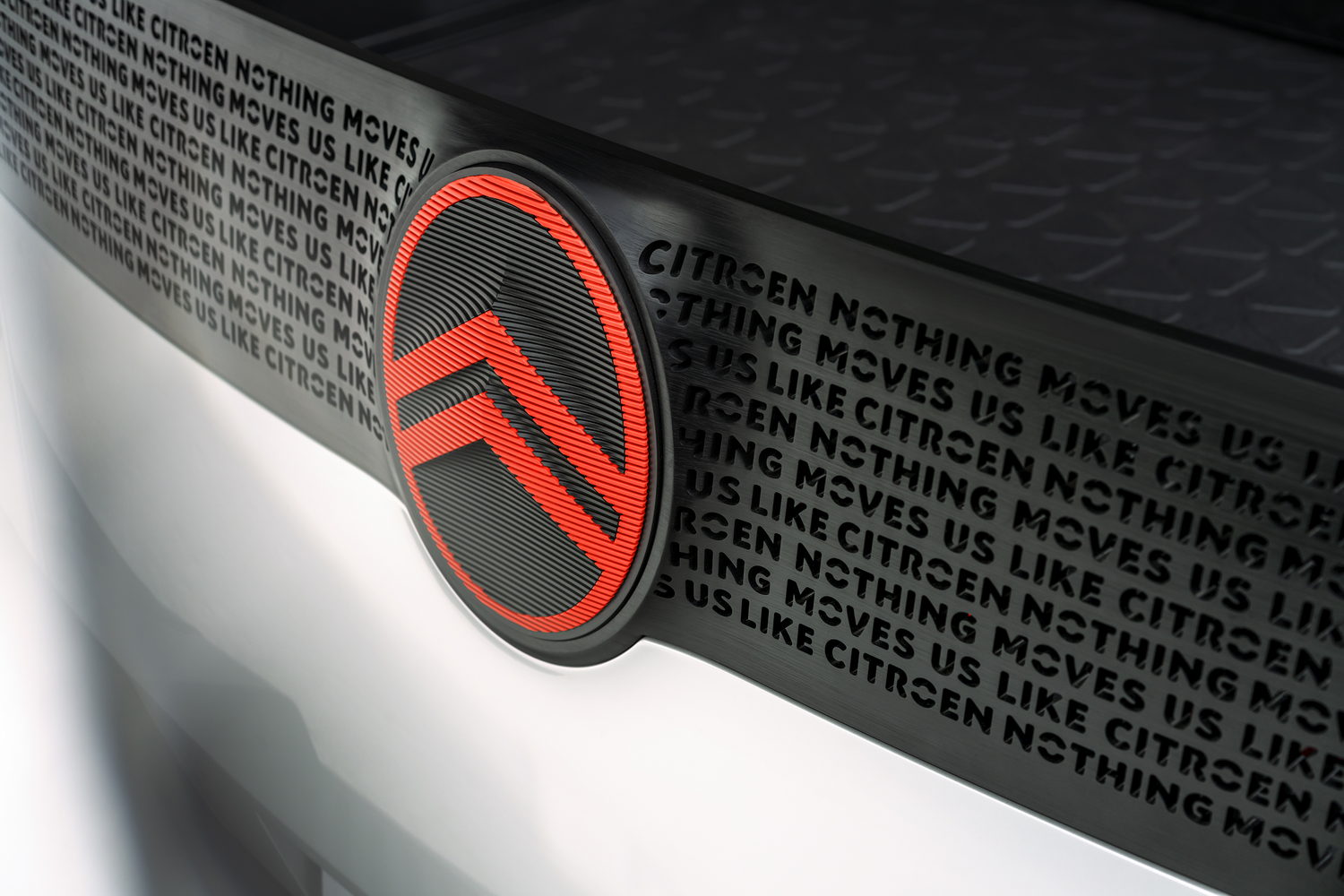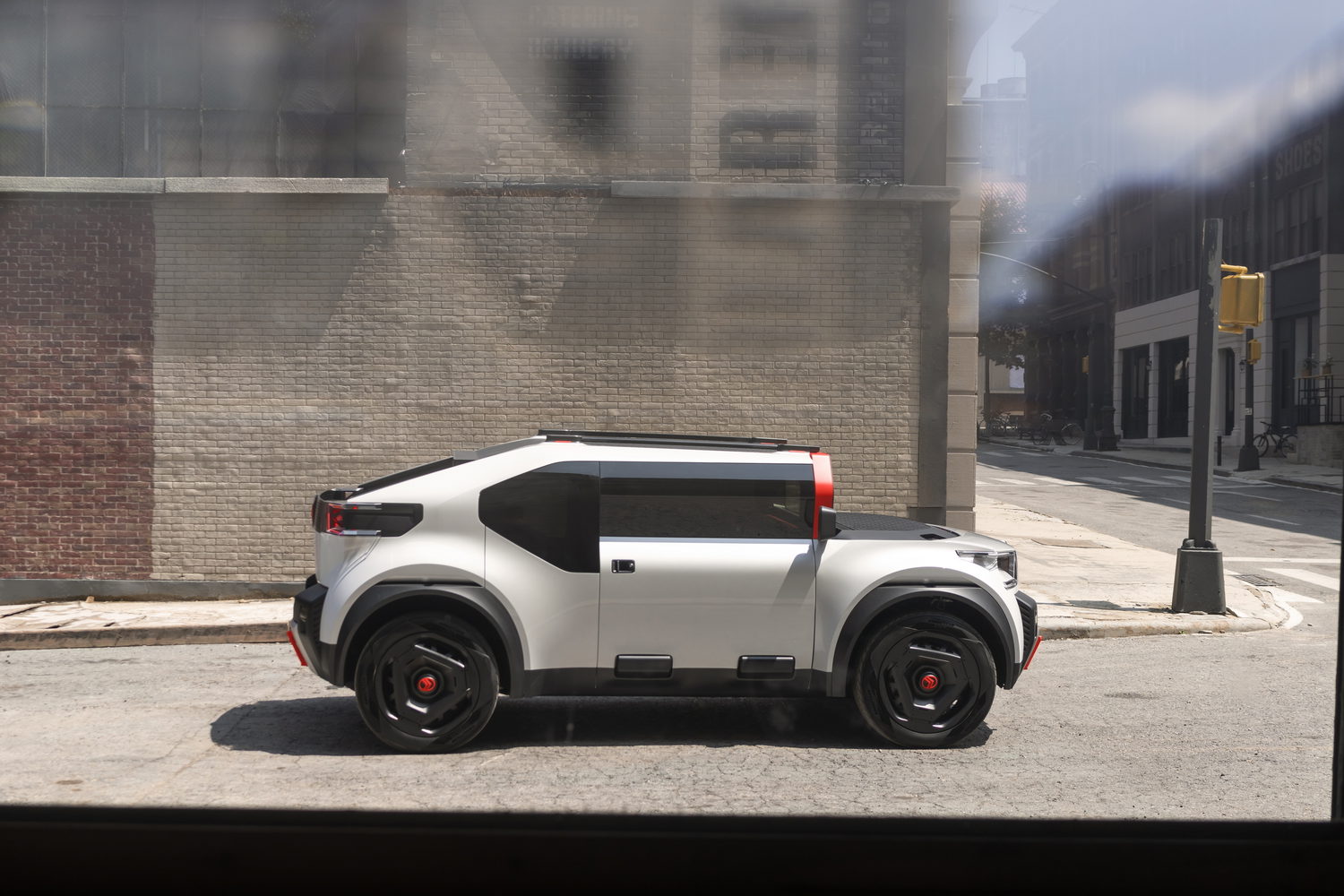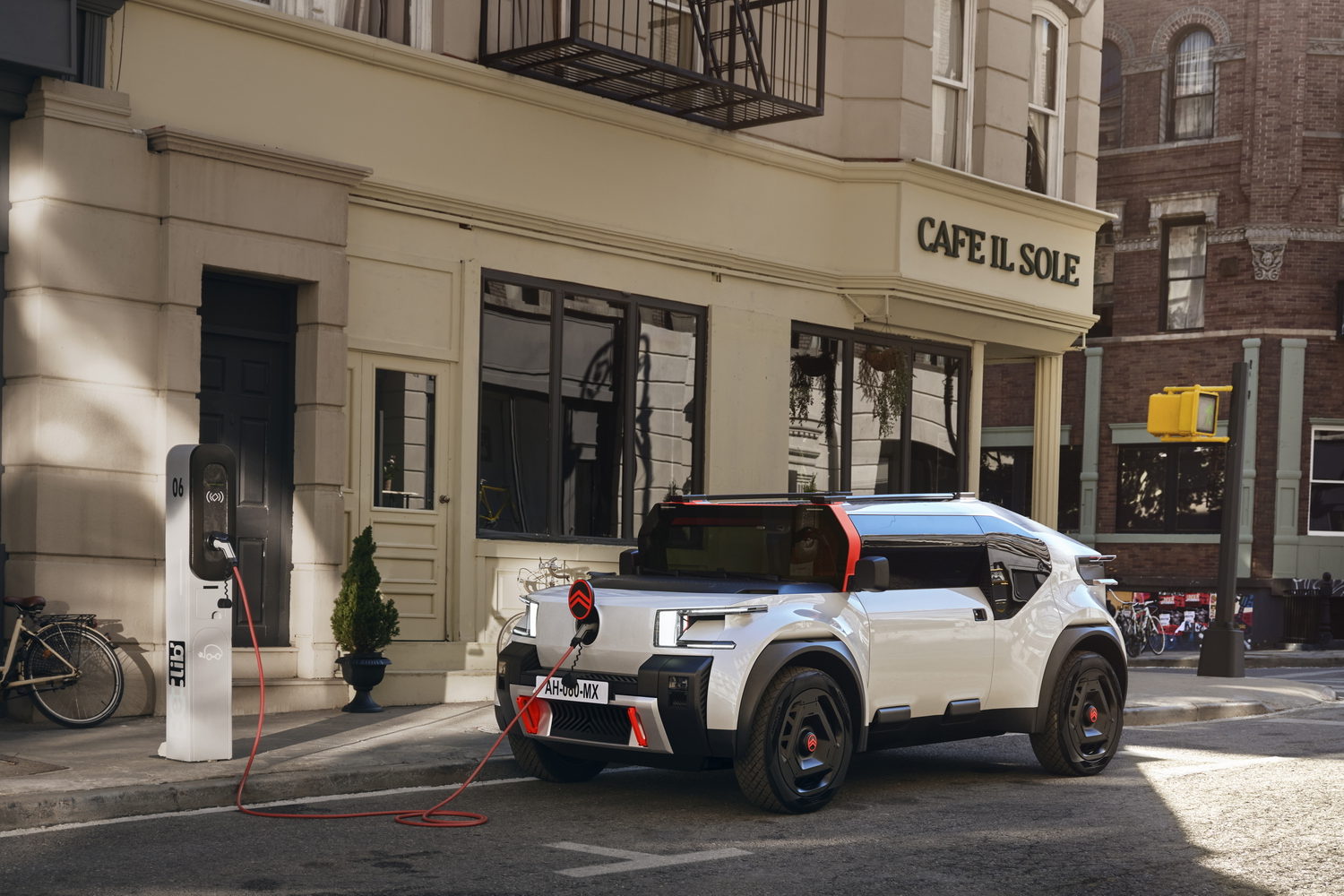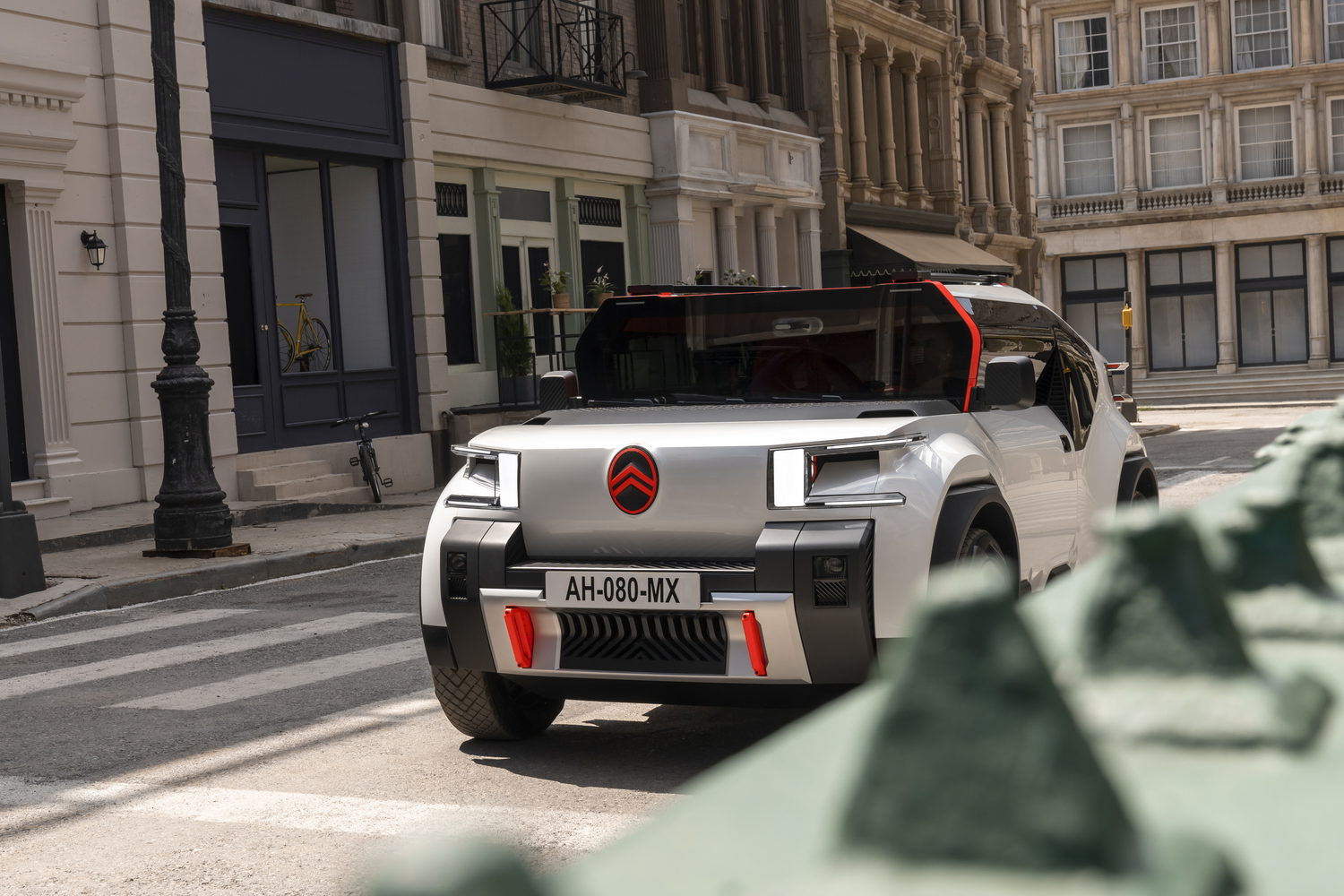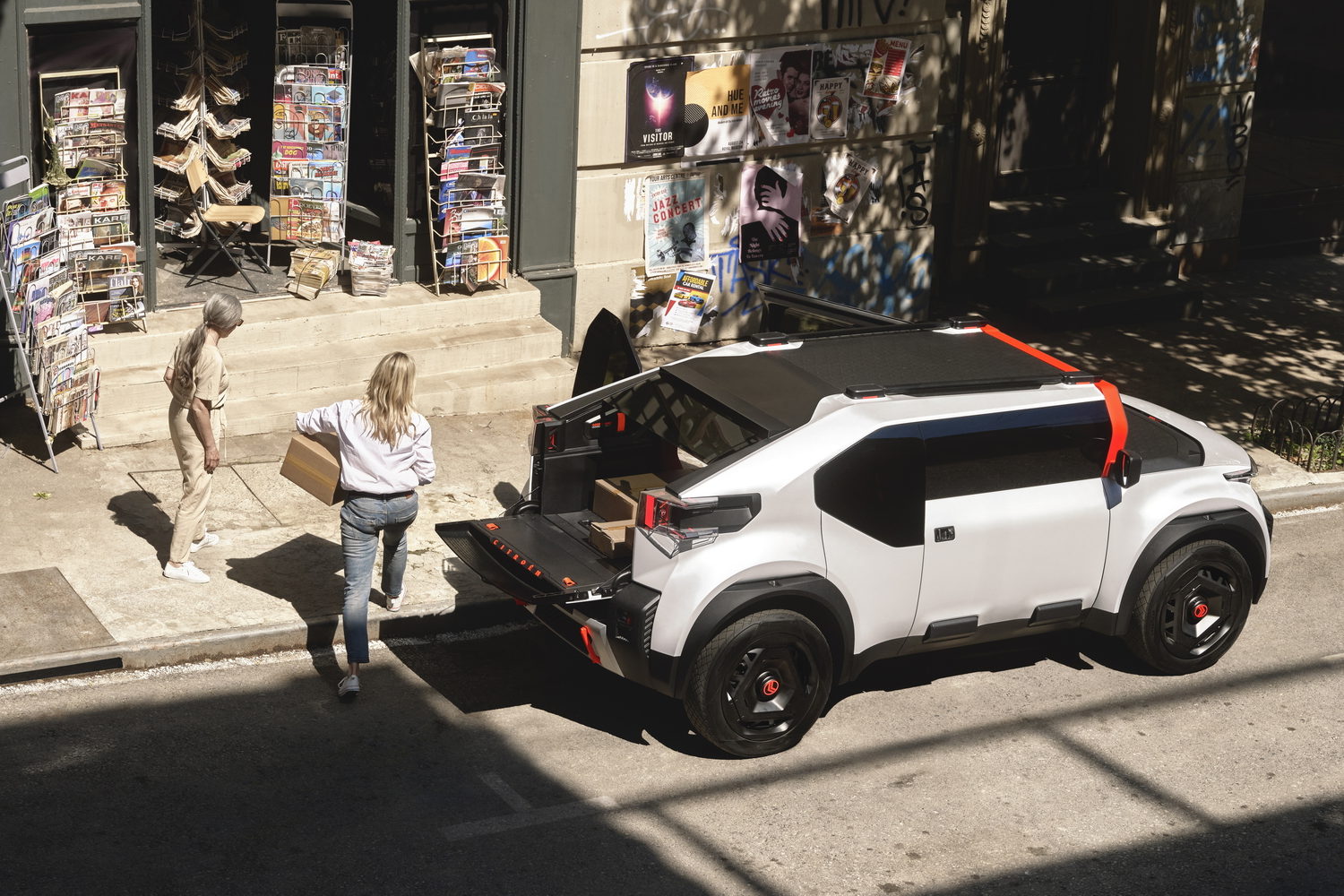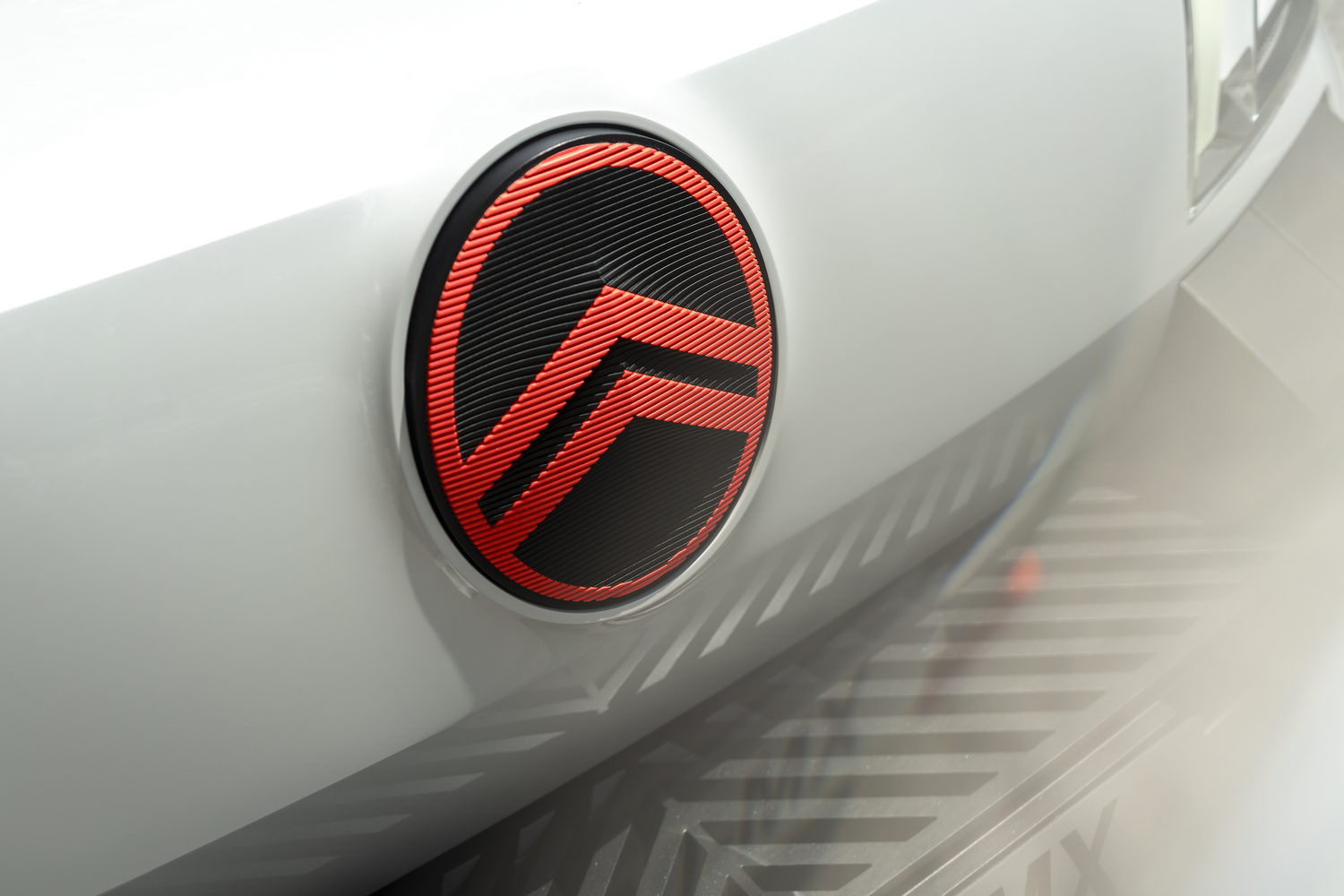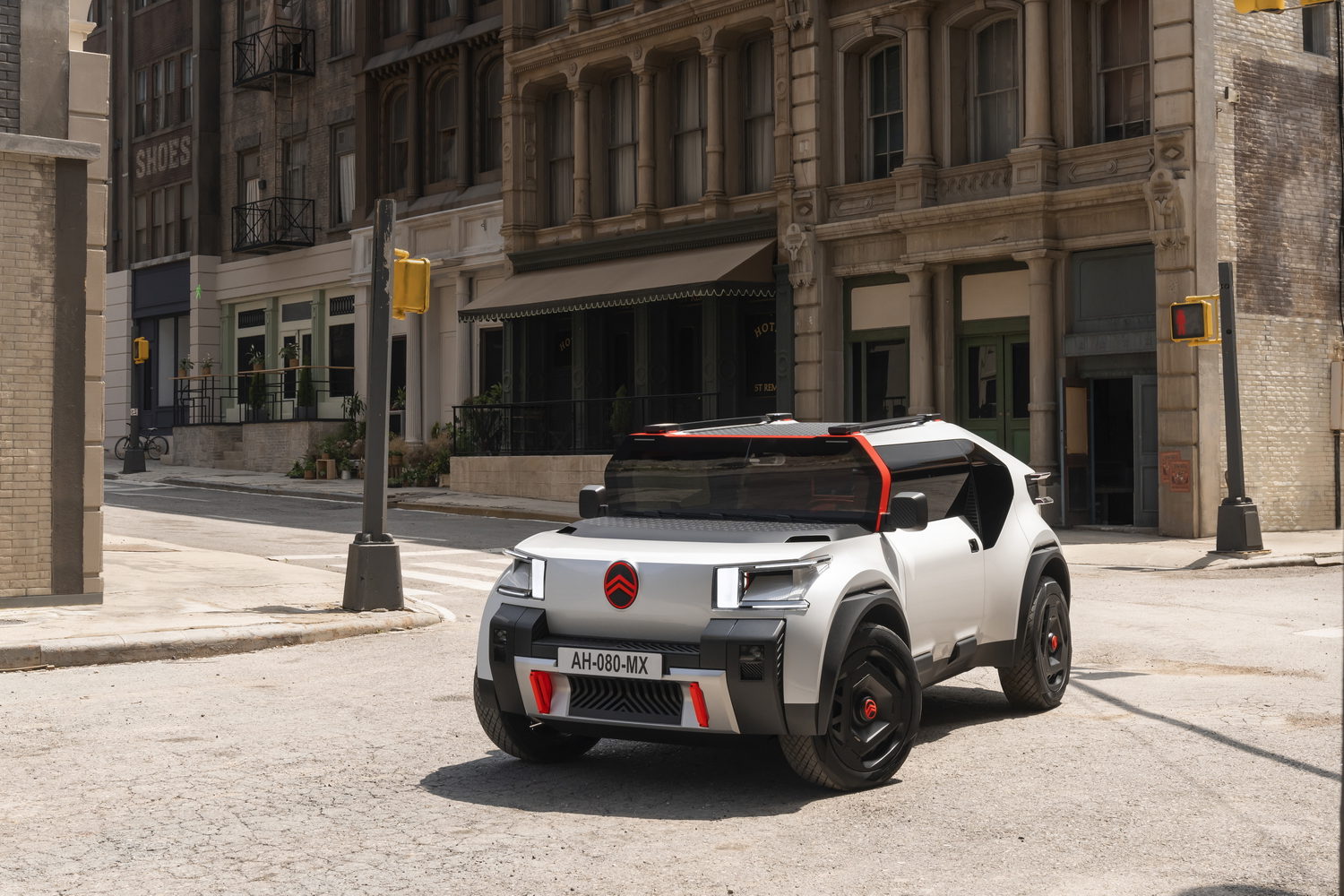Citroën has revealed a new concept car that aims to suggest an alternative future for the electric family car - one simpler, lighter, more efficient and more practical than the current direction of travel.
The Oli is a concept built with all of this in mind and everything - from the shape of the panels and the windscreen to the way the seats are constructed - is designed with a certain well-thought-out minimalism.
Powering the all-electric Oli is a 40kWh battery that isn't huge, but, thanks to how light and efficient the vehicle is overall, it should prove capable of a range of around 400km, or, in efficiency terms, 10kWh/100km. That's despite being roughly the same size as a small family crossover.
Lightweight panels
One of the keys to the Oli's efficiency (and to it weighing just a tonne) is that some of its body - such as the roof, bonnet and rear panels - are made from recycled corrugated cardboard formed into a honeycomb sandwich structure between fibreglass reinforcing sheets. These are strengthened and waterproofed by a polyurethane-based resin created by German chemical giant BASF and, although these panels are 50 per cent lighter than if they were made from steel, they can still support the weight of an adult - useful, Citroën says, for standing on for household chores such as cleaning windows or pruning trees.
The Oli uses mostly flat panels and even the windscreen is vertical so as to use the smallest amount of glass. As well as reducing weight and complexity, the smaller screen is less expensive to produce or replace and lessens the exposure of occupants to the effects of the sun. Citroën estimates that this helps reduce the power demand on the Oli's air conditioning system (and thus battery range) by up to 17 per cent. While it may not be the most aerodynamic solution, the company said that it sees the Oli concept mostly being used for urban and suburban runs and, as such, its top speed is limited to 110km/h, with the aerodynamics not being such an issue at lower speeds.
Tyres to last 500,000km
Another innovation is in the construction of the wheels and tyres. Aluminium wheels are too expensive and energy-intensive to produce, Citroën said, while wholly steel wheels are too heavy and don't always look good. Creating a hybrid of the two using an aluminium rim and steel hub allowed engineers to save 15 per cent in weight compared to steel wheels, with a hubcap helping to improve airflow. The wheels are shod in experimental tyres from Goodyear that are designed to last for up to half a million kilometres and which are made from sustainable or recycled materials such as sunflower oils and rice husk ash silica, as well as pine tree resins and full natural rubber, which replace synthetic, petroleum-based materials.
Minimalist interior
The Oli's austere rationalism hasn't, however, translated into something unusably tedious for occupants. Although that minimalism is a theme continued inside, there's still air conditioning and a slot for a smartphone to fill-in as an infotainment screen. Whereas a small hatchback typically uses around 75 parts in its dashboard, because of the way the Oli's is constructed, it uses just 34. That same simplification process is seen with the seats, which mount a comfortable base cushion on top of two tubular frames with a backrest made from a mesh material. Instead of the 37 or so parts normally used in the construction of an average car seat, the Oli uses just eight, with the idea of easy dismantling in case the occupant wants to swap out the bright orange mesh in place of another colour.
A decent volume of extra space can be created in the back of the Oli by a neat combination of a folding tailgate and a removable load bed panel that essentially converts the vehicle into a pick-up to better accommodate oversized loads.
In addition to powering the Oli's drive motor, the battery and electrical system feature Vehicle-to-Load capability for powering external devices as well as Vehicle-to-Grid functionality, which, in the event of say a power cut, can theoretically be used to supply power to a home or the electrical grid.
No production plans
Very sadly, Citroën has no plans to put the Oli or anything like it into production. Describing it as a "working platform to explore ingenious ideas that are realistic for future production," the company said that most of the ideas presented by the concept won't all come together in anything approaching the Oli's physical shape, but that it could inspire future Citroëns.
One part of the Oli's design that will however make it to Citroën models in the near future is the revised double-chevron badge inspired in its looks by the firm's badges from the first half of the twentieth century.

